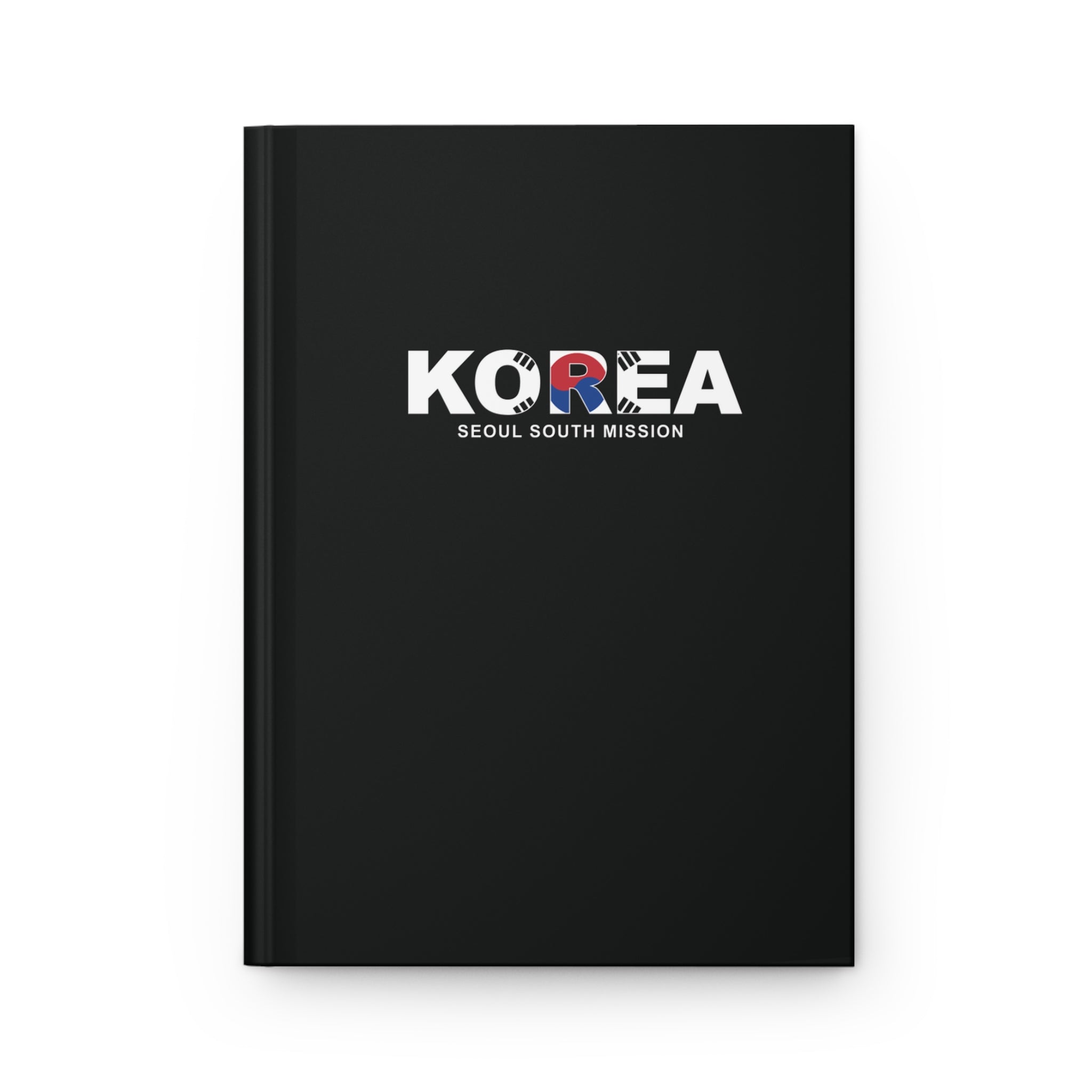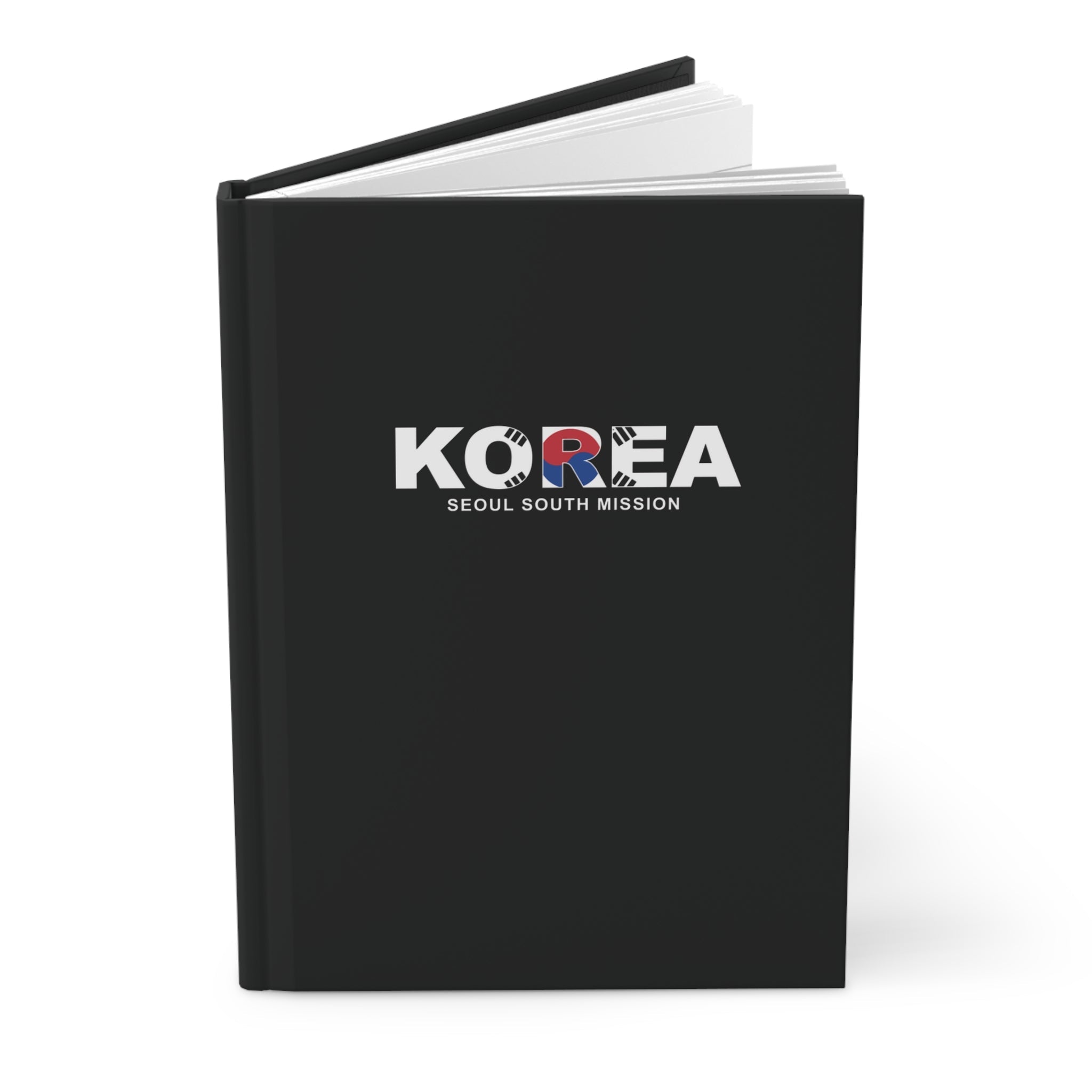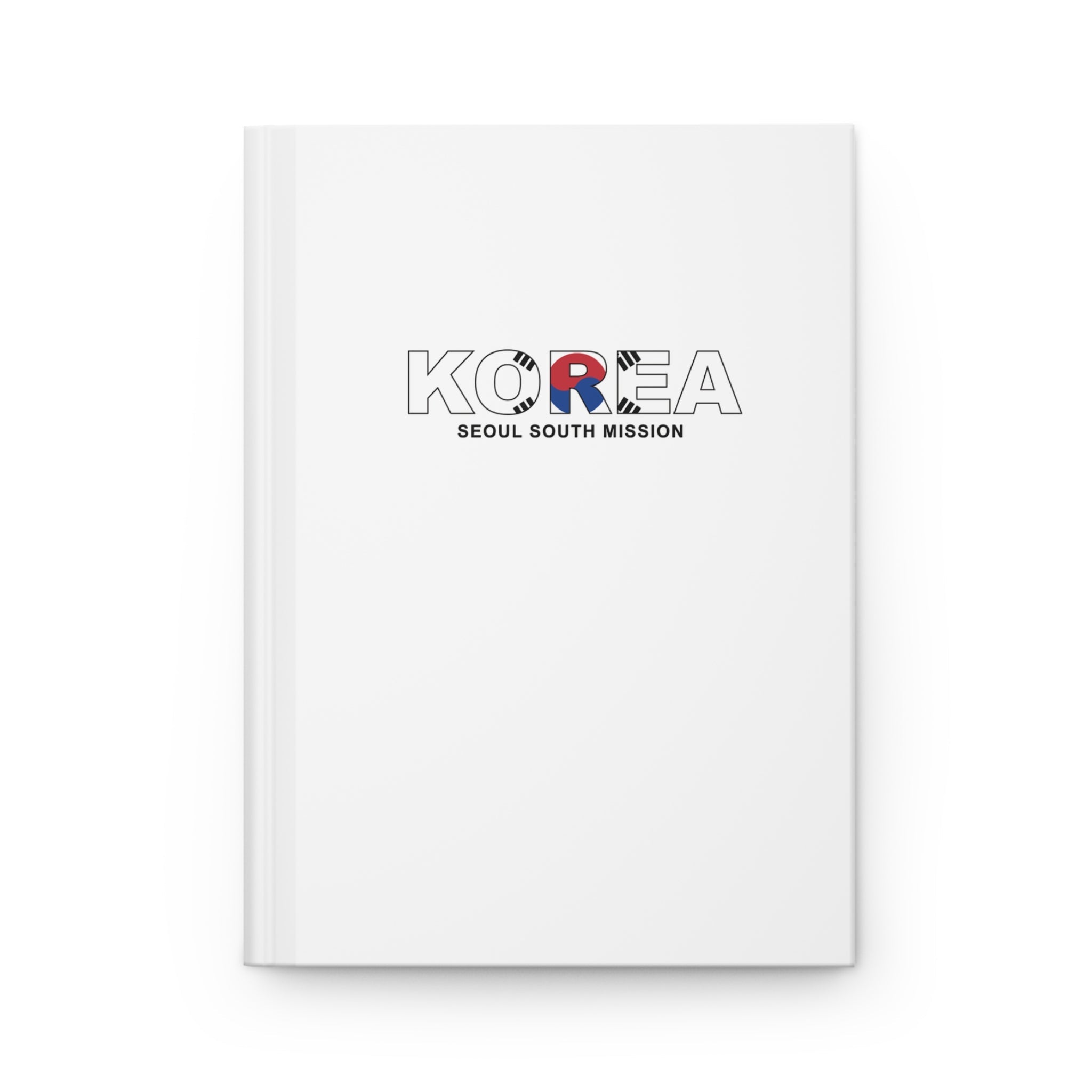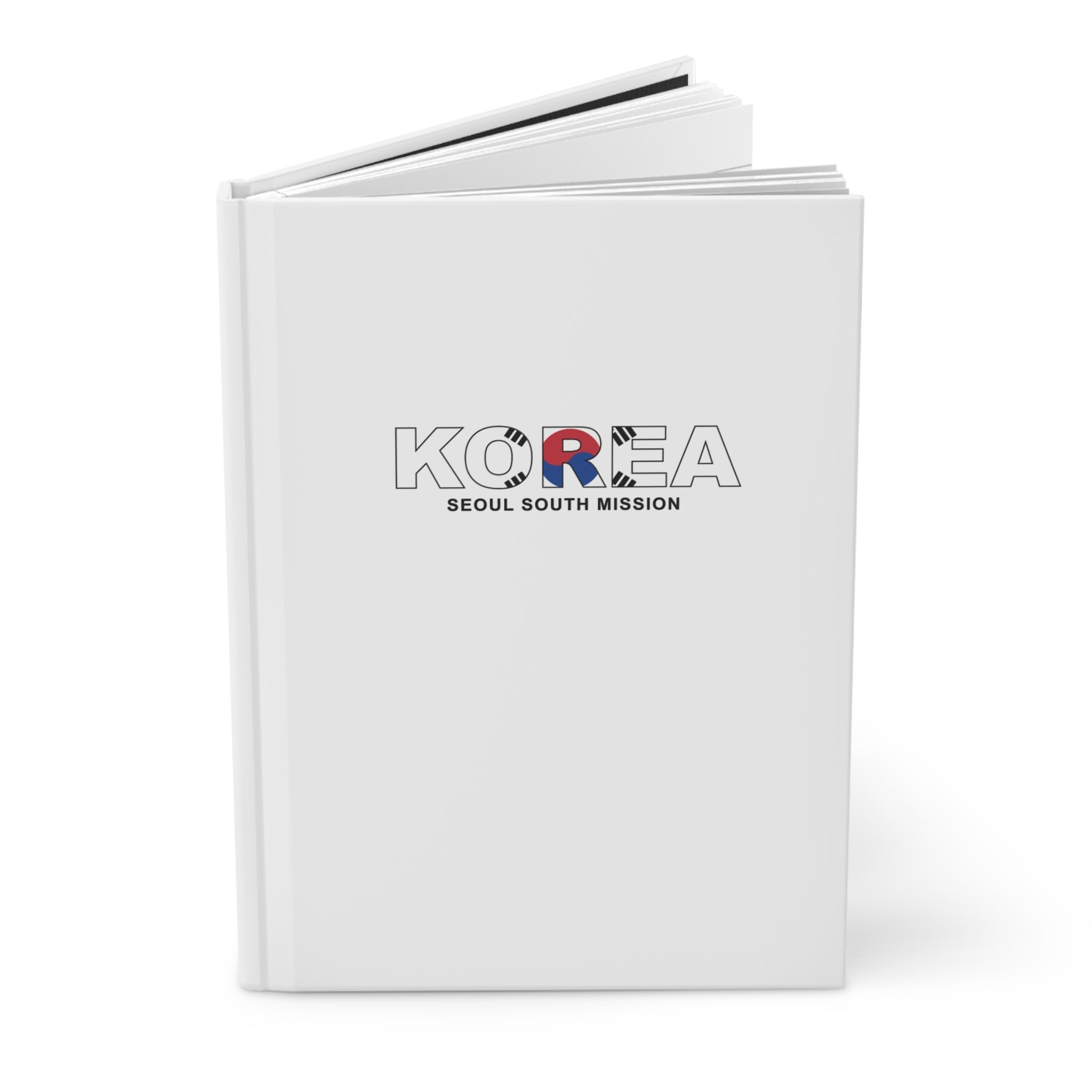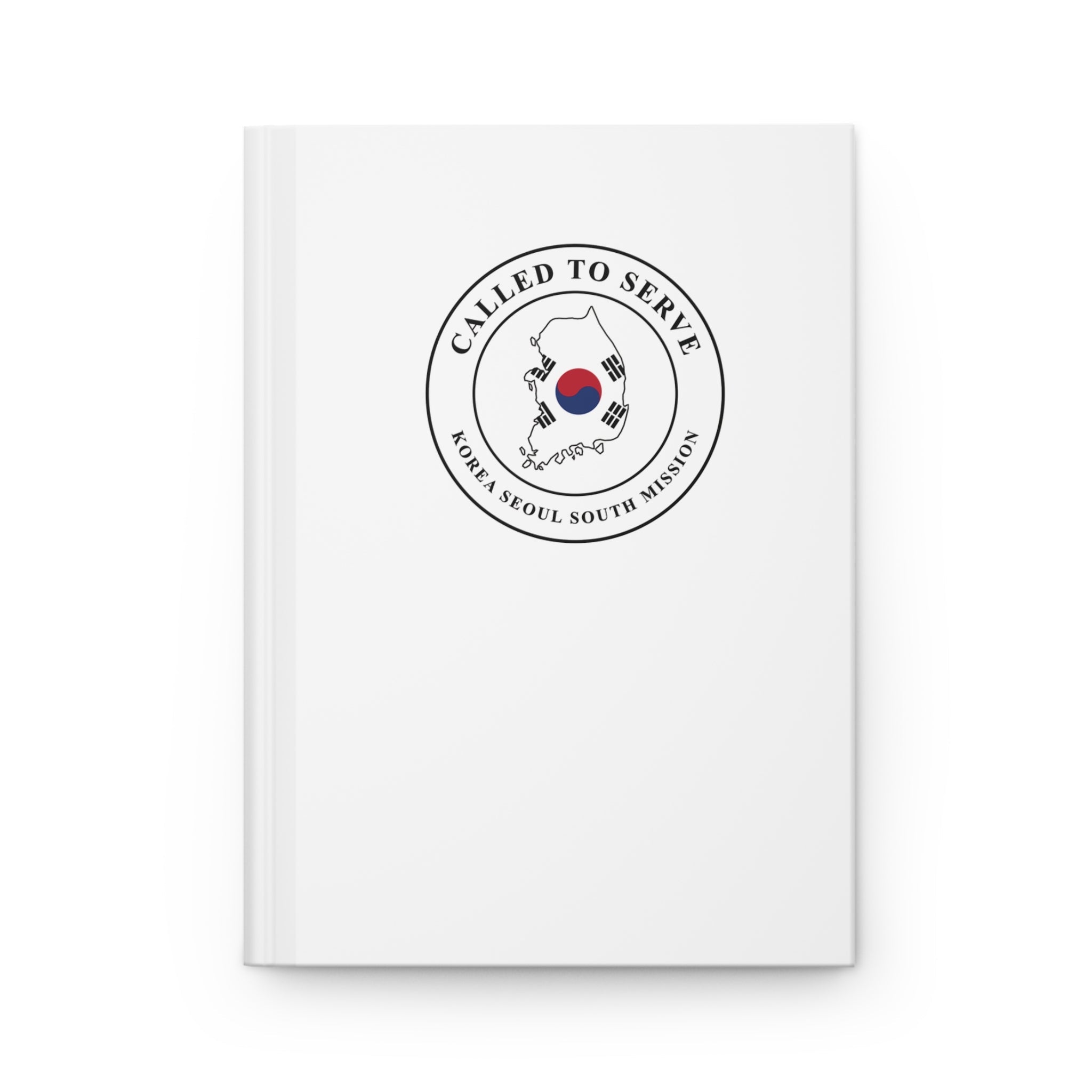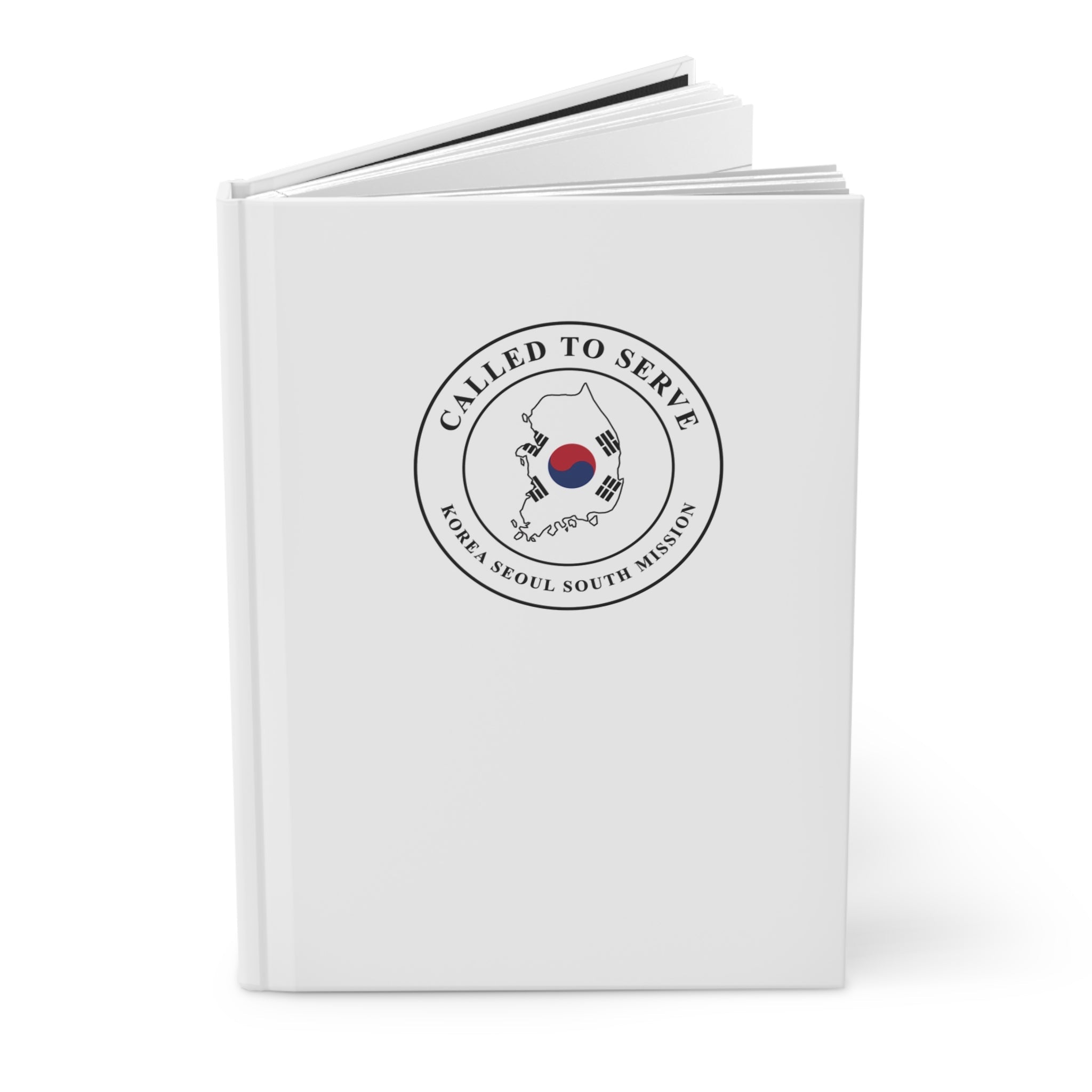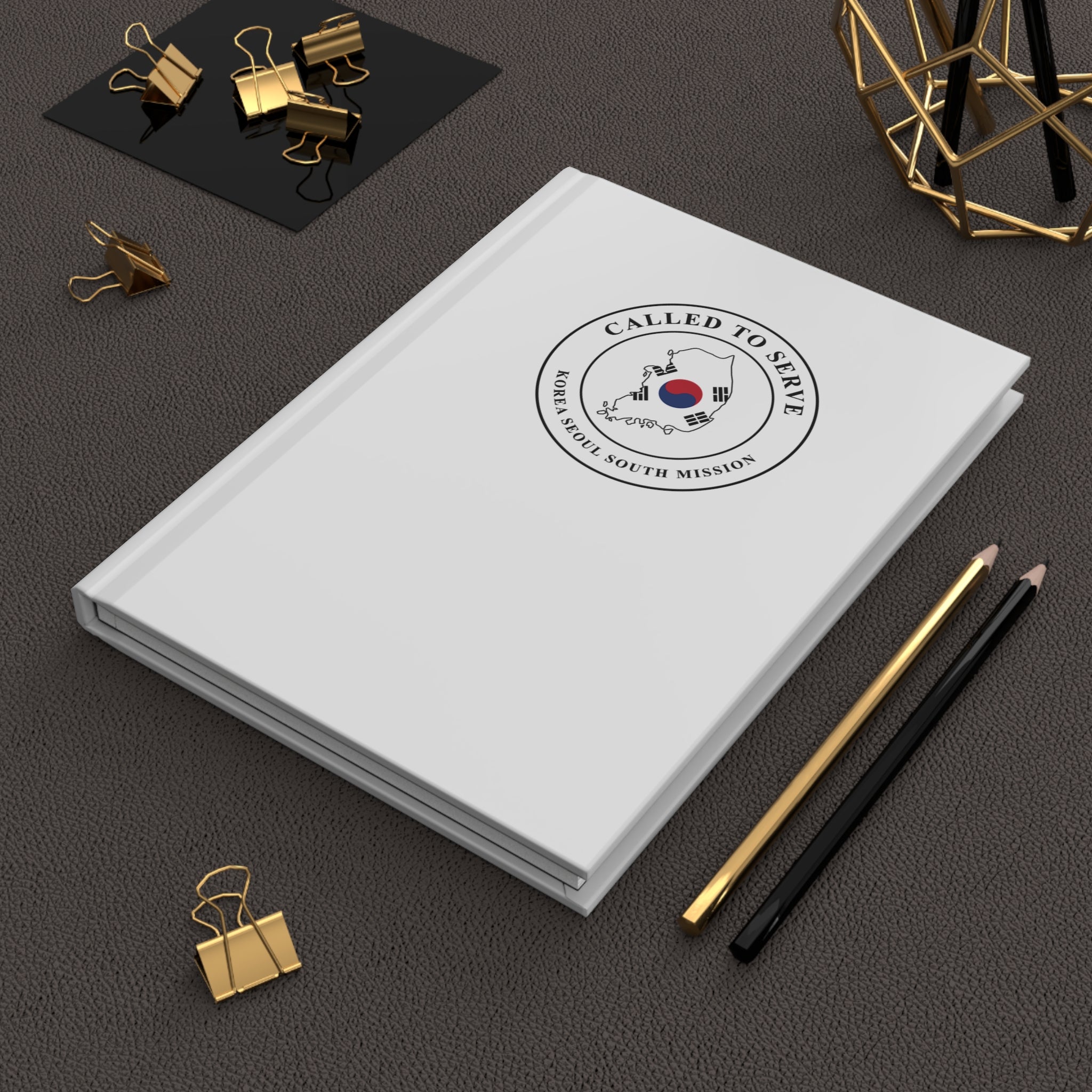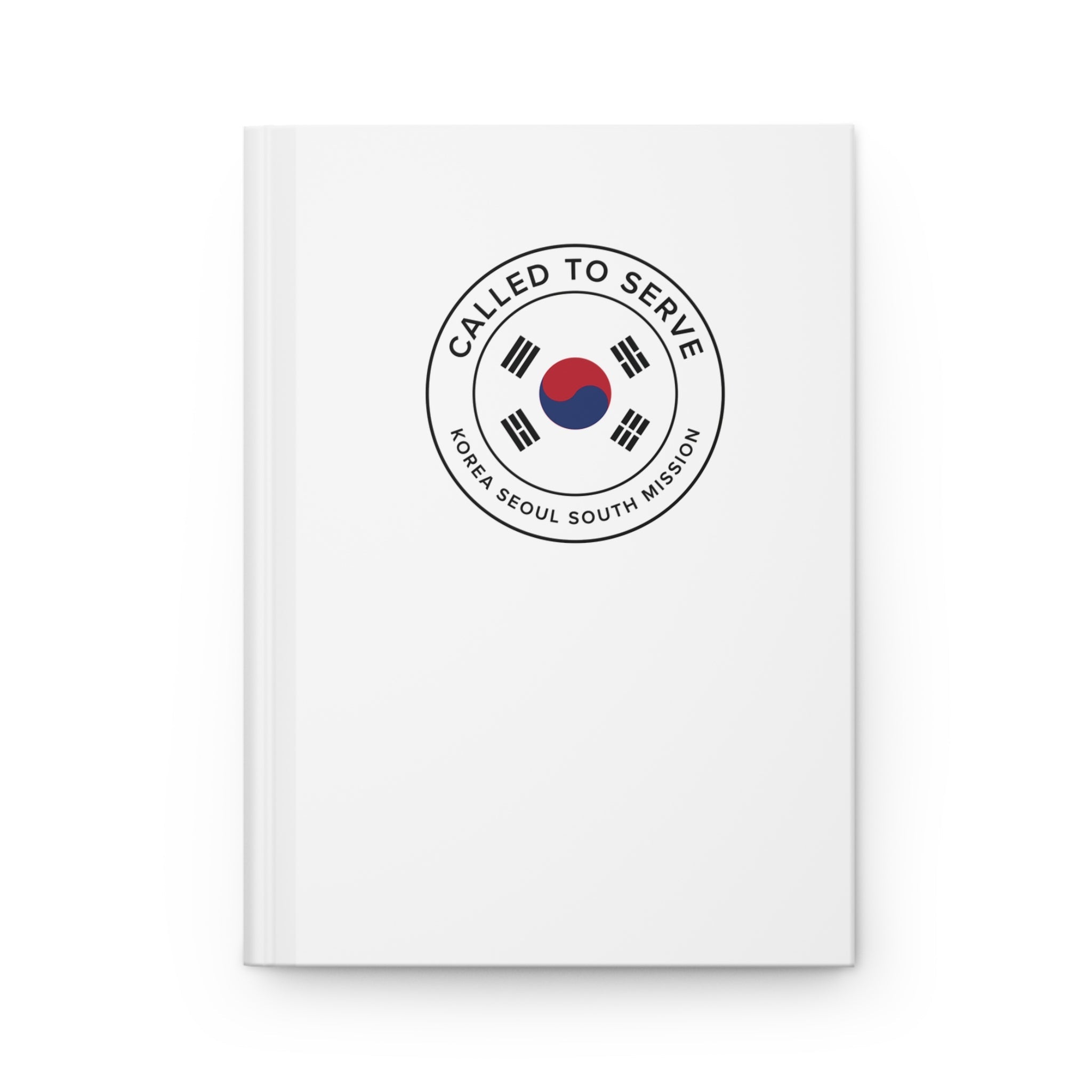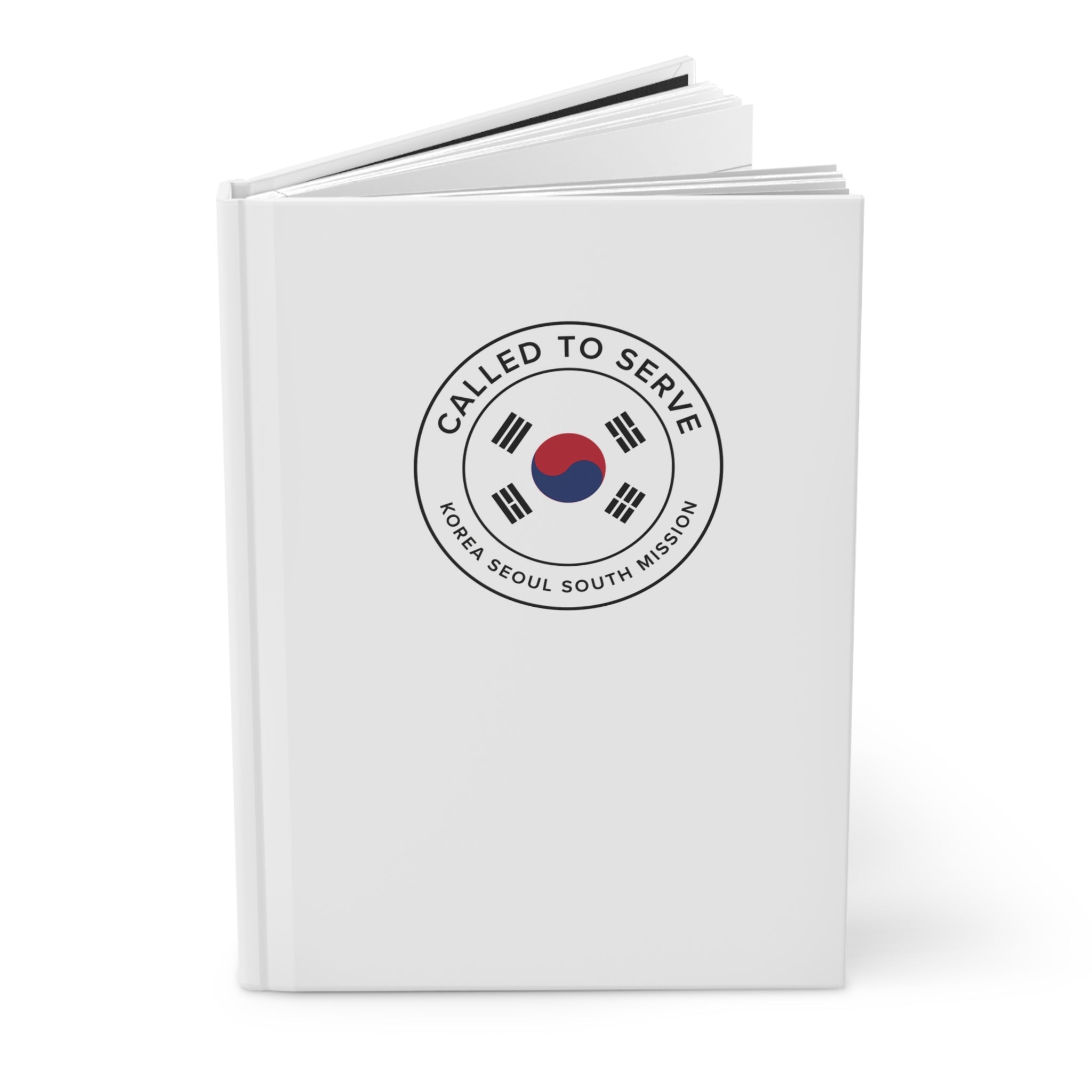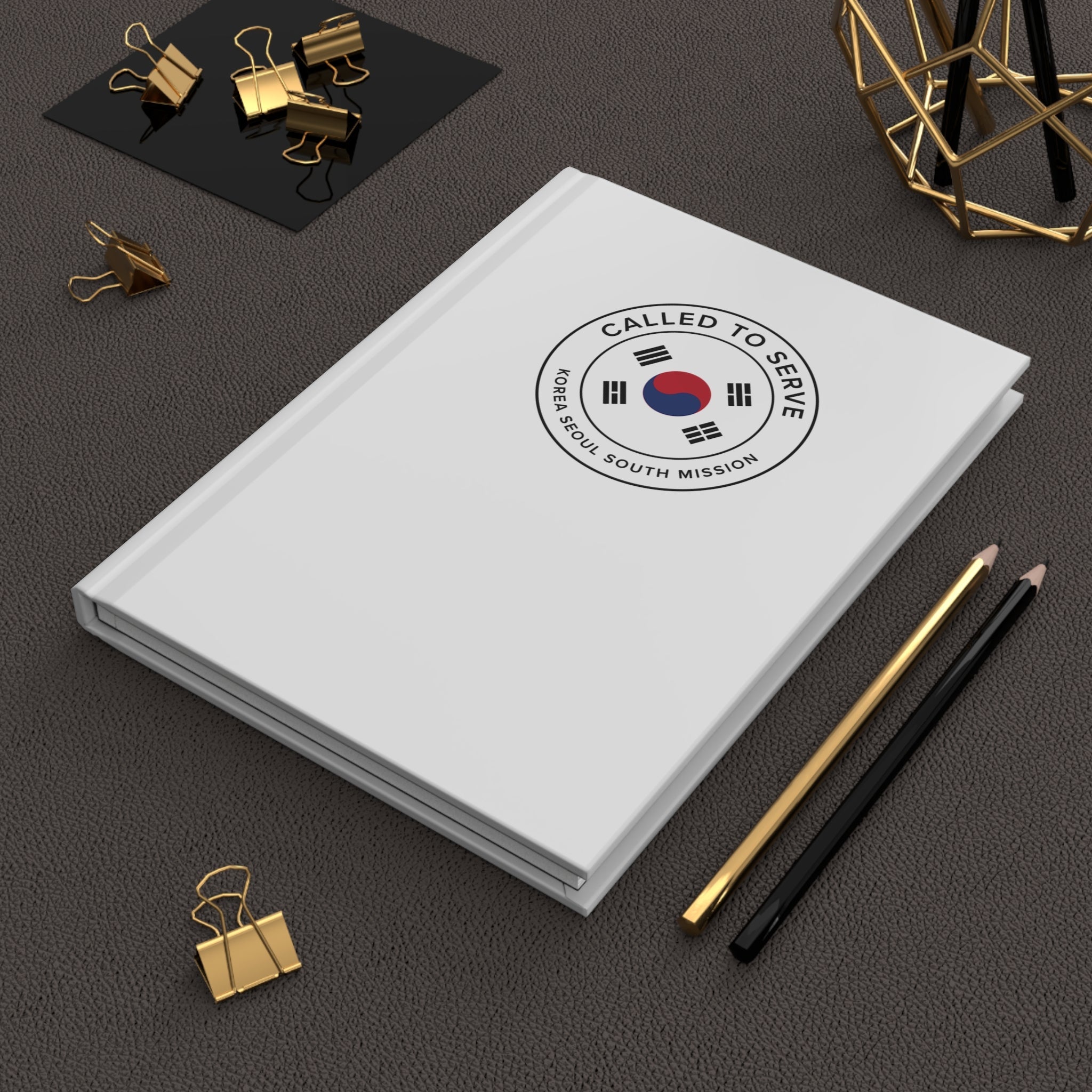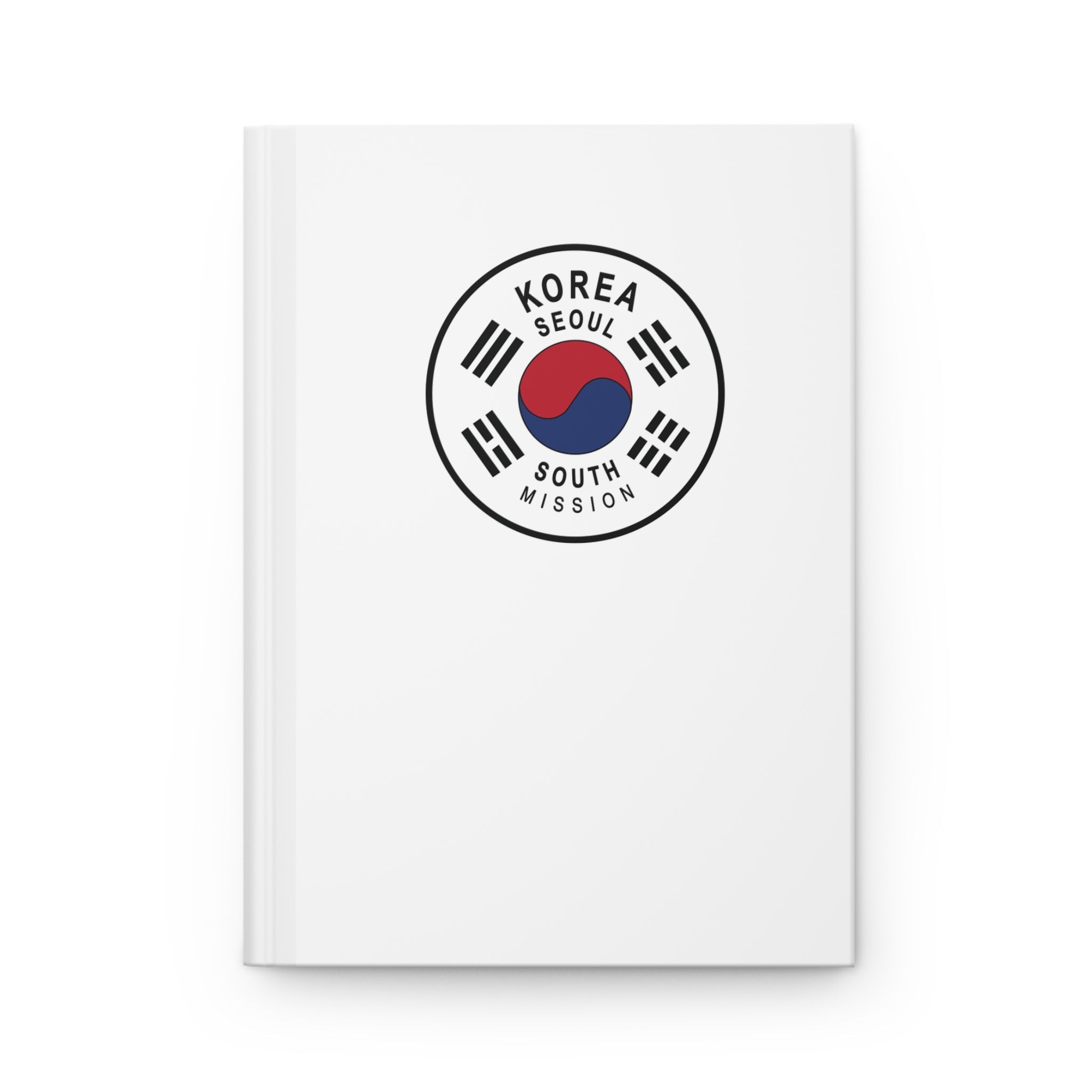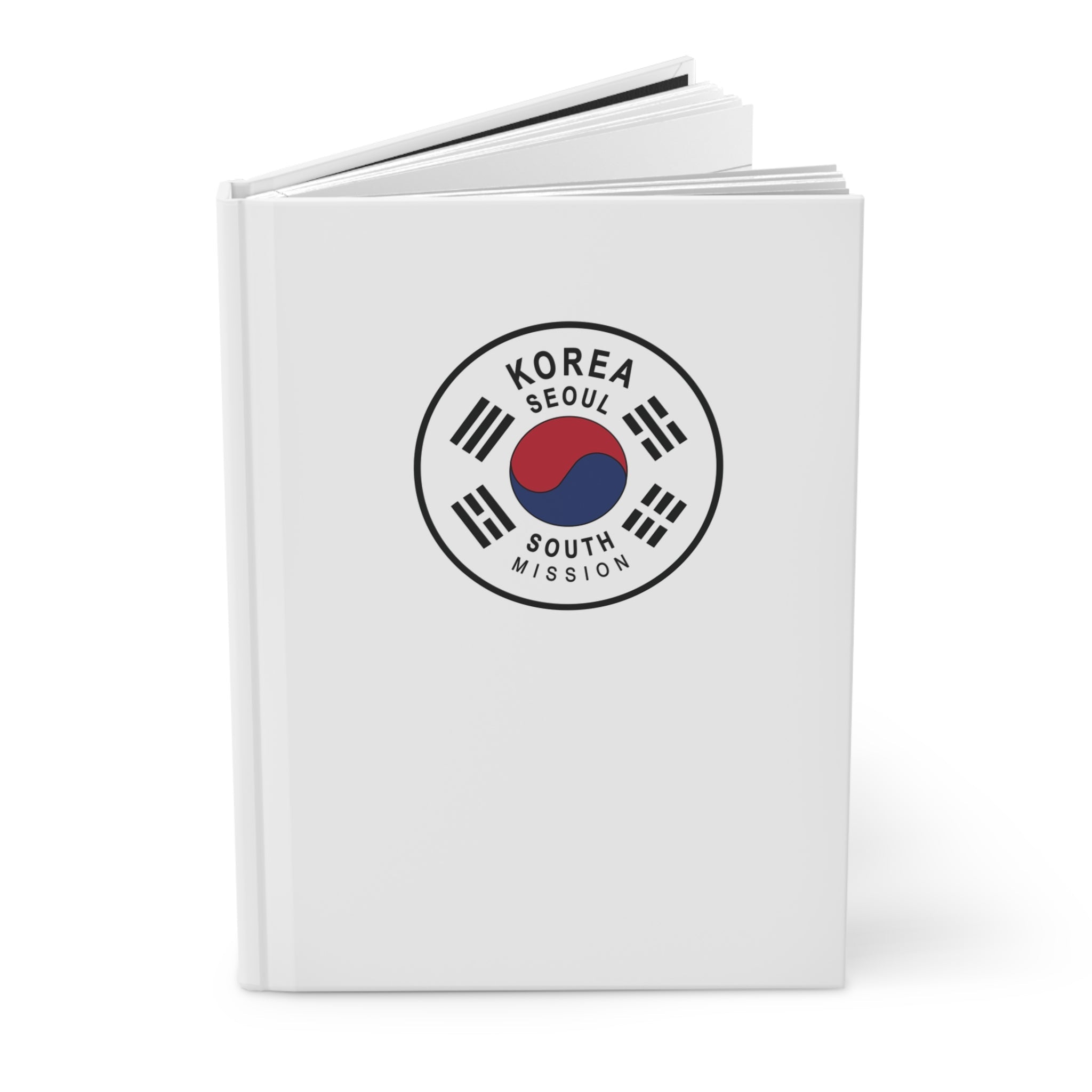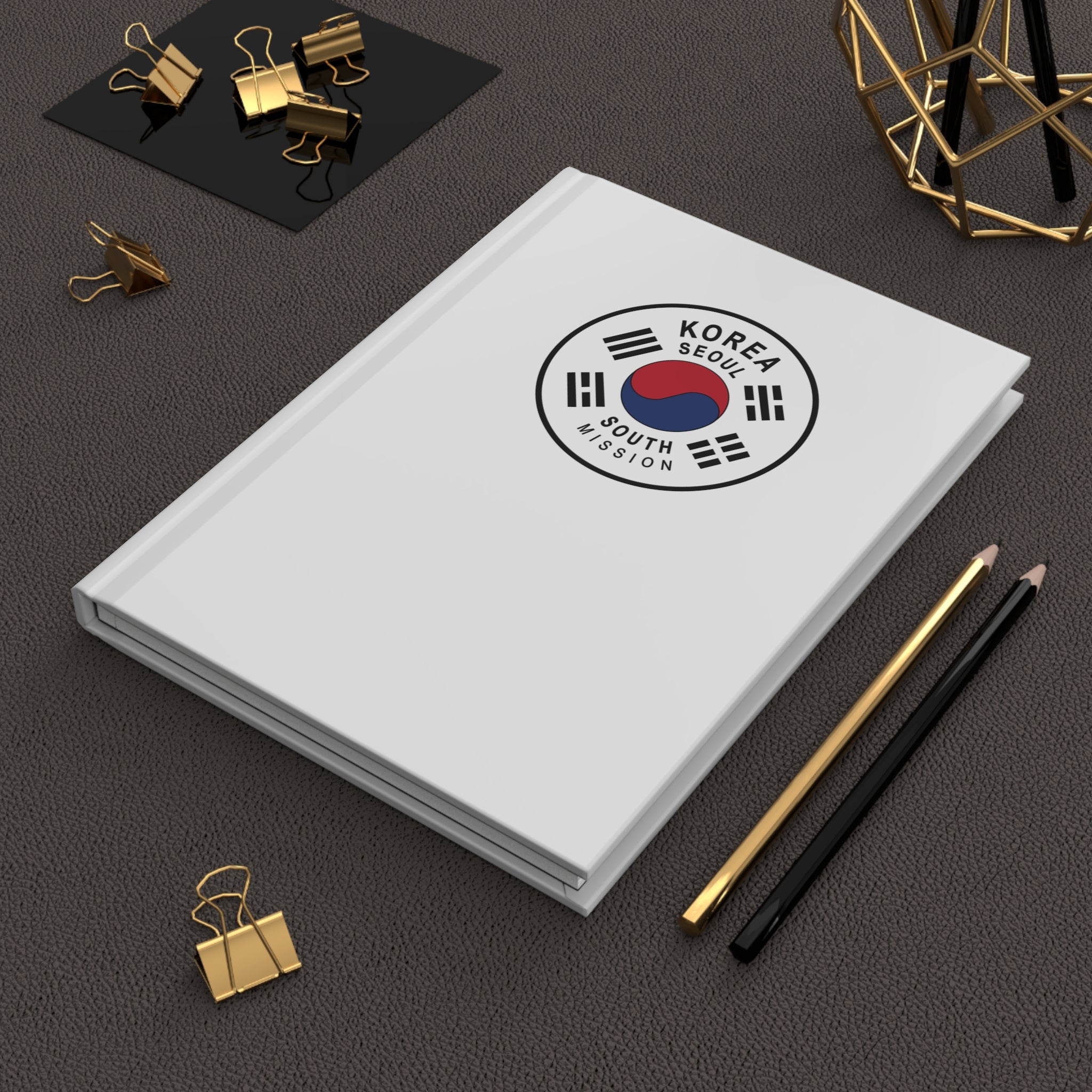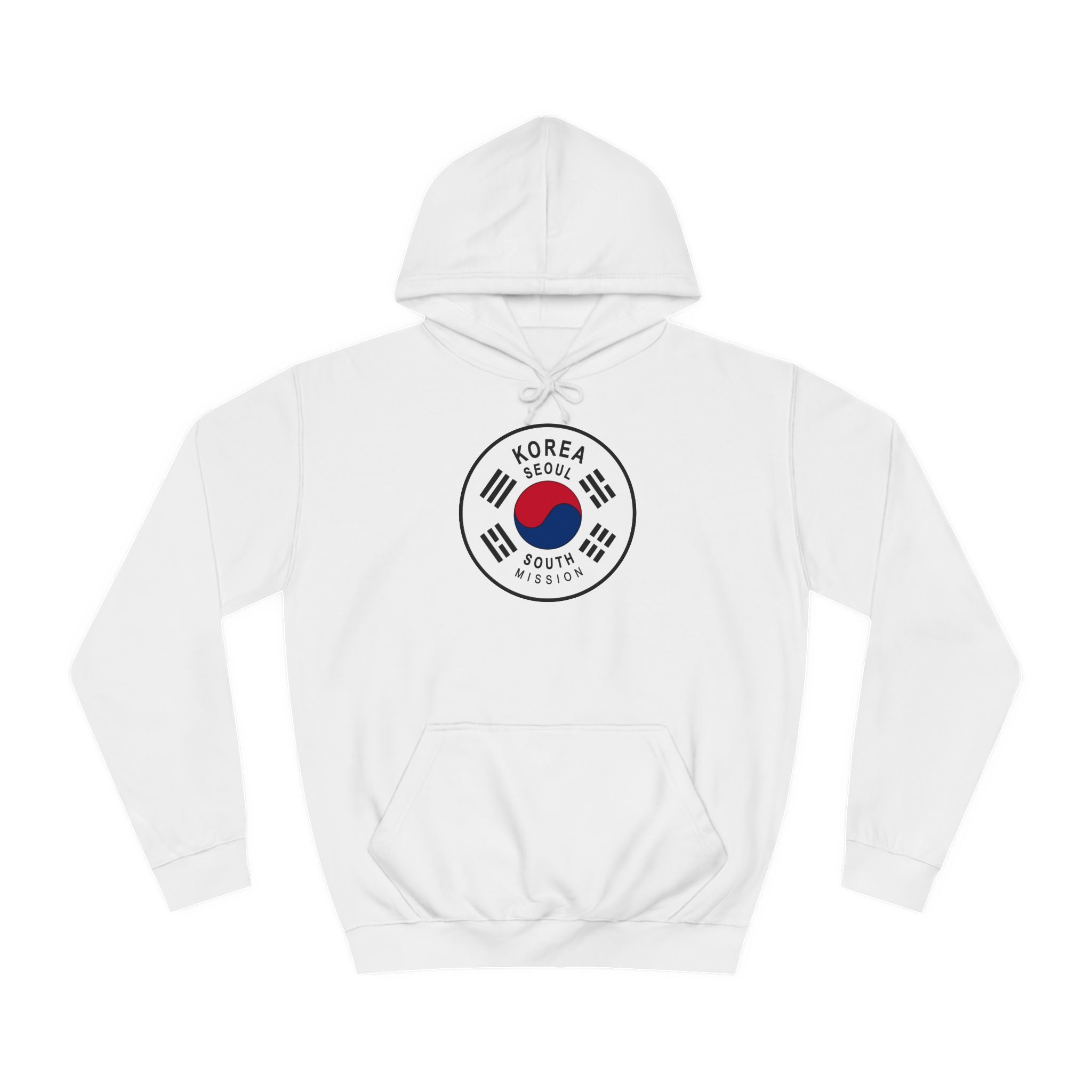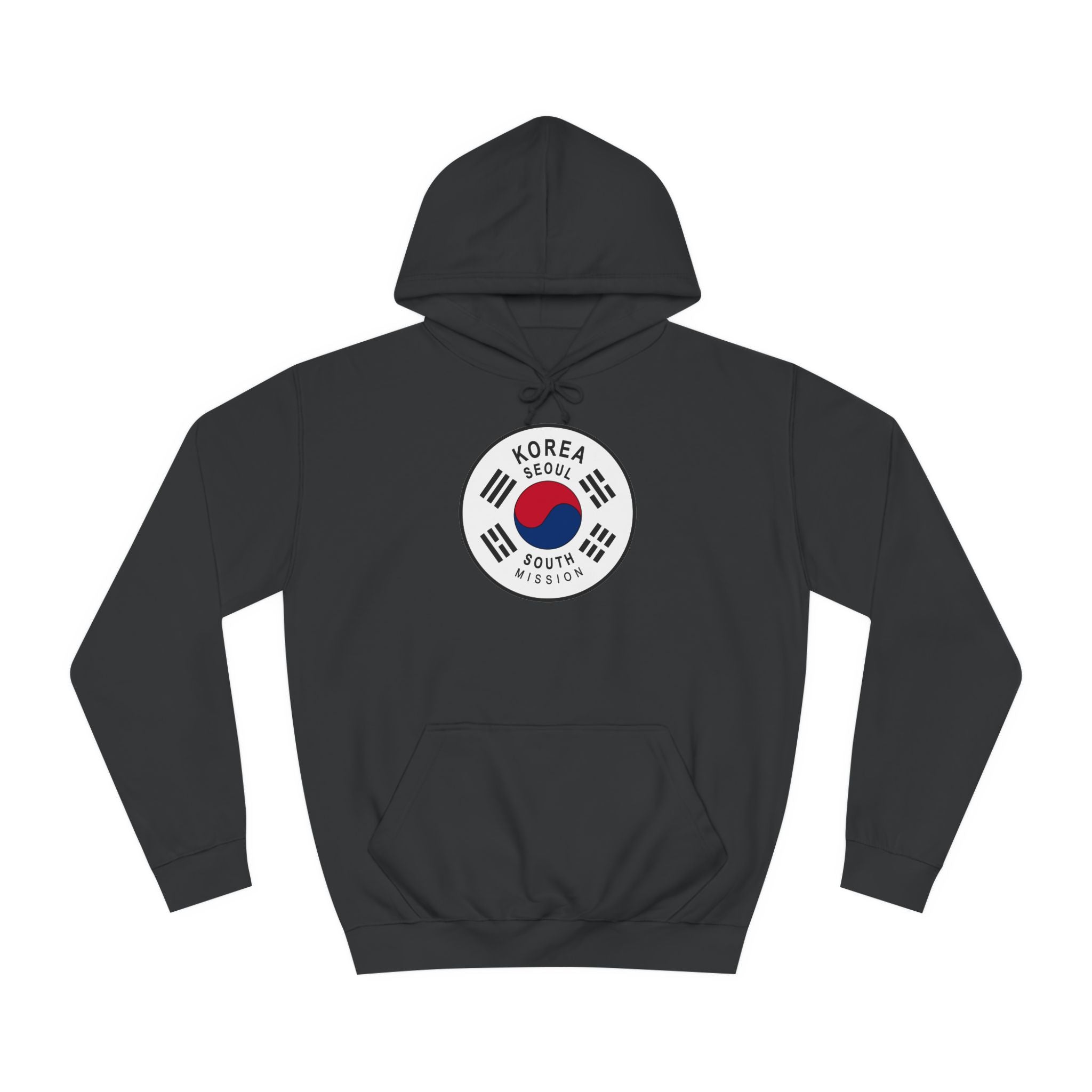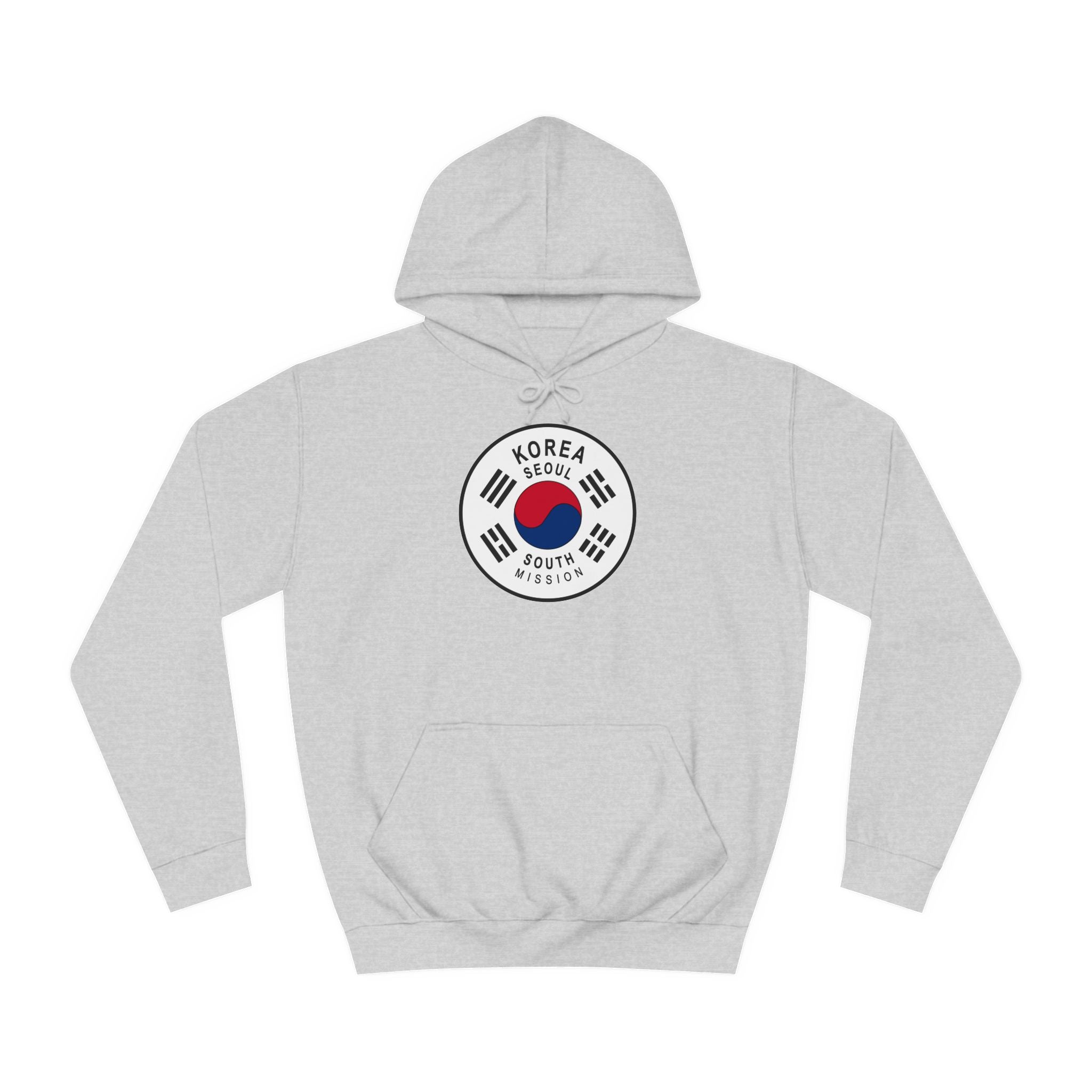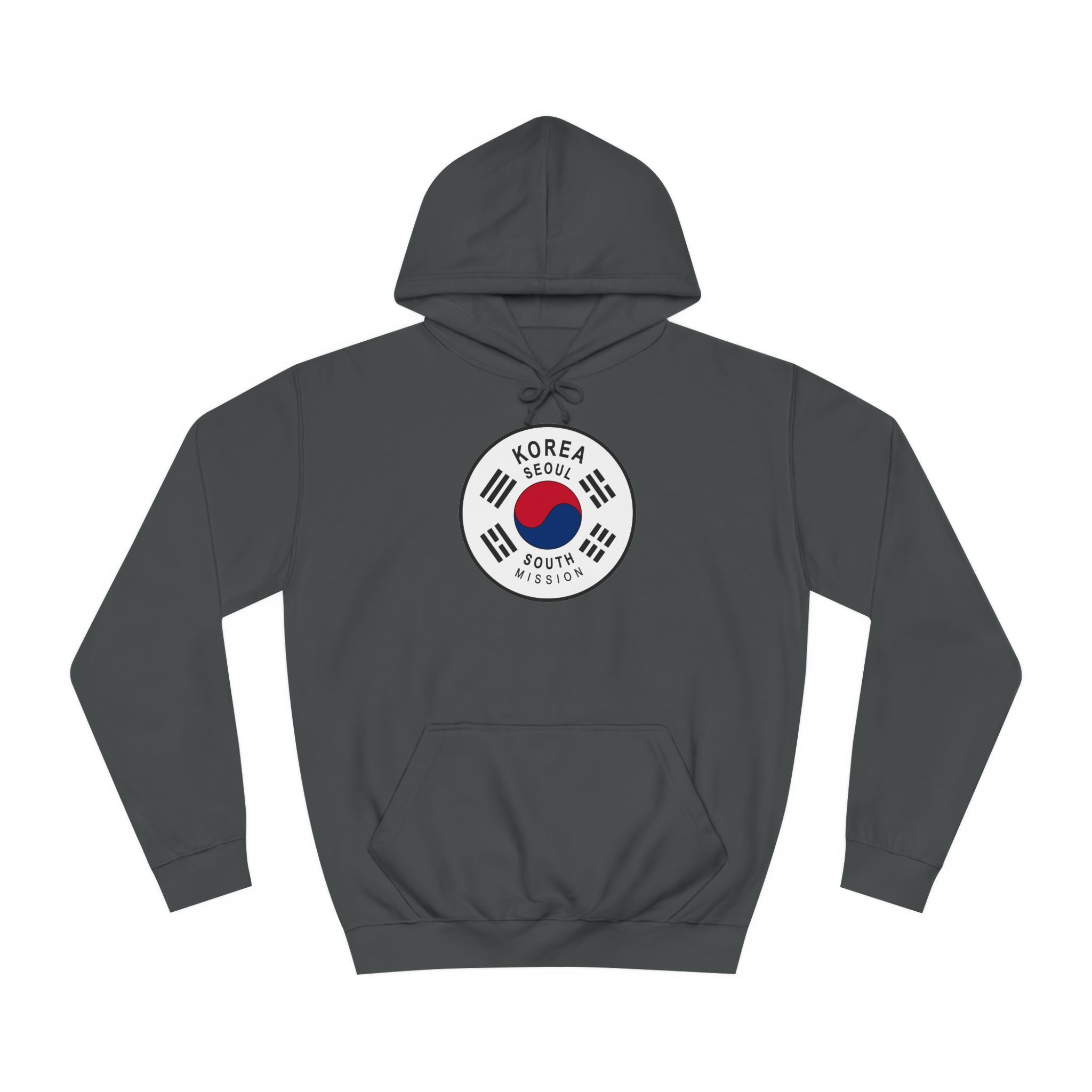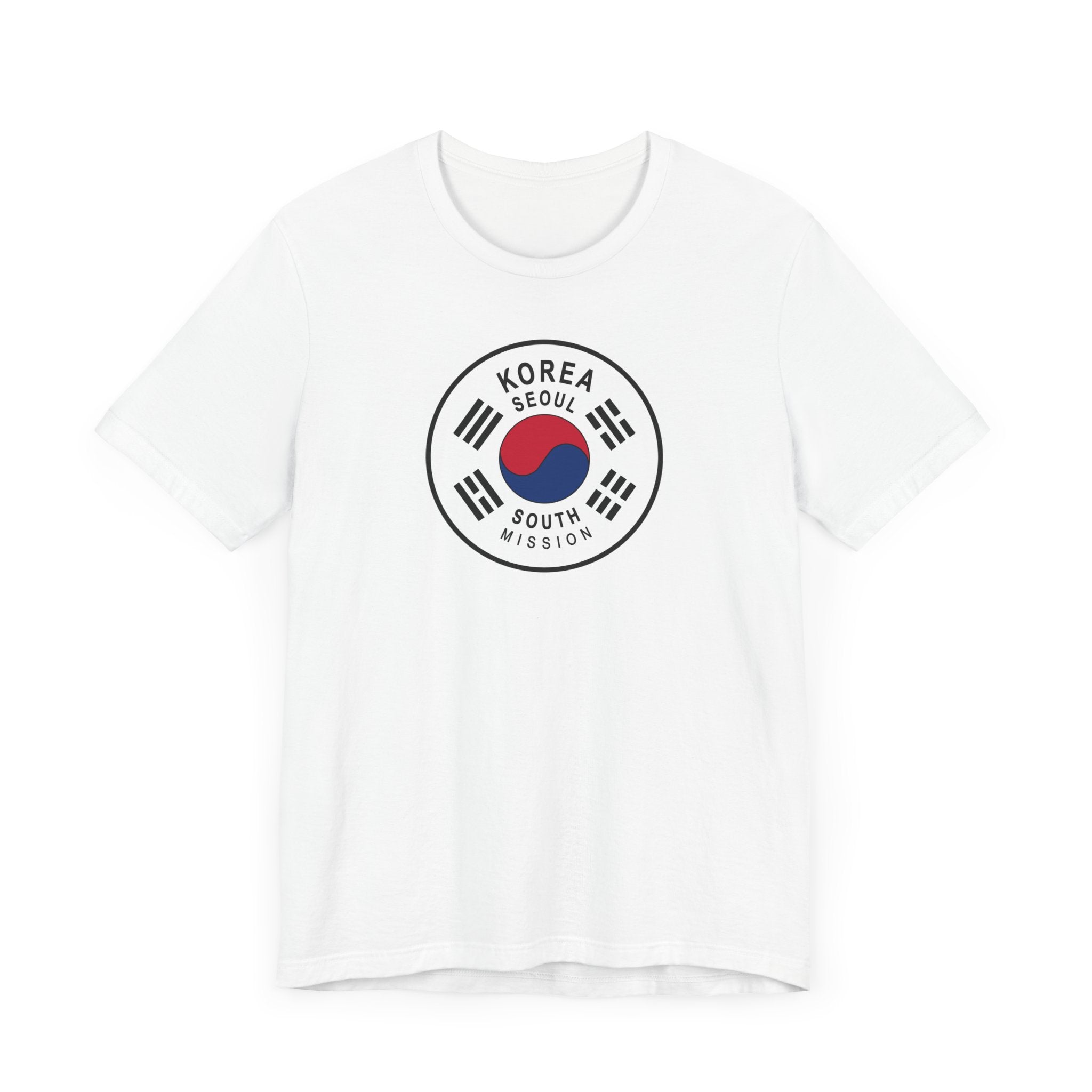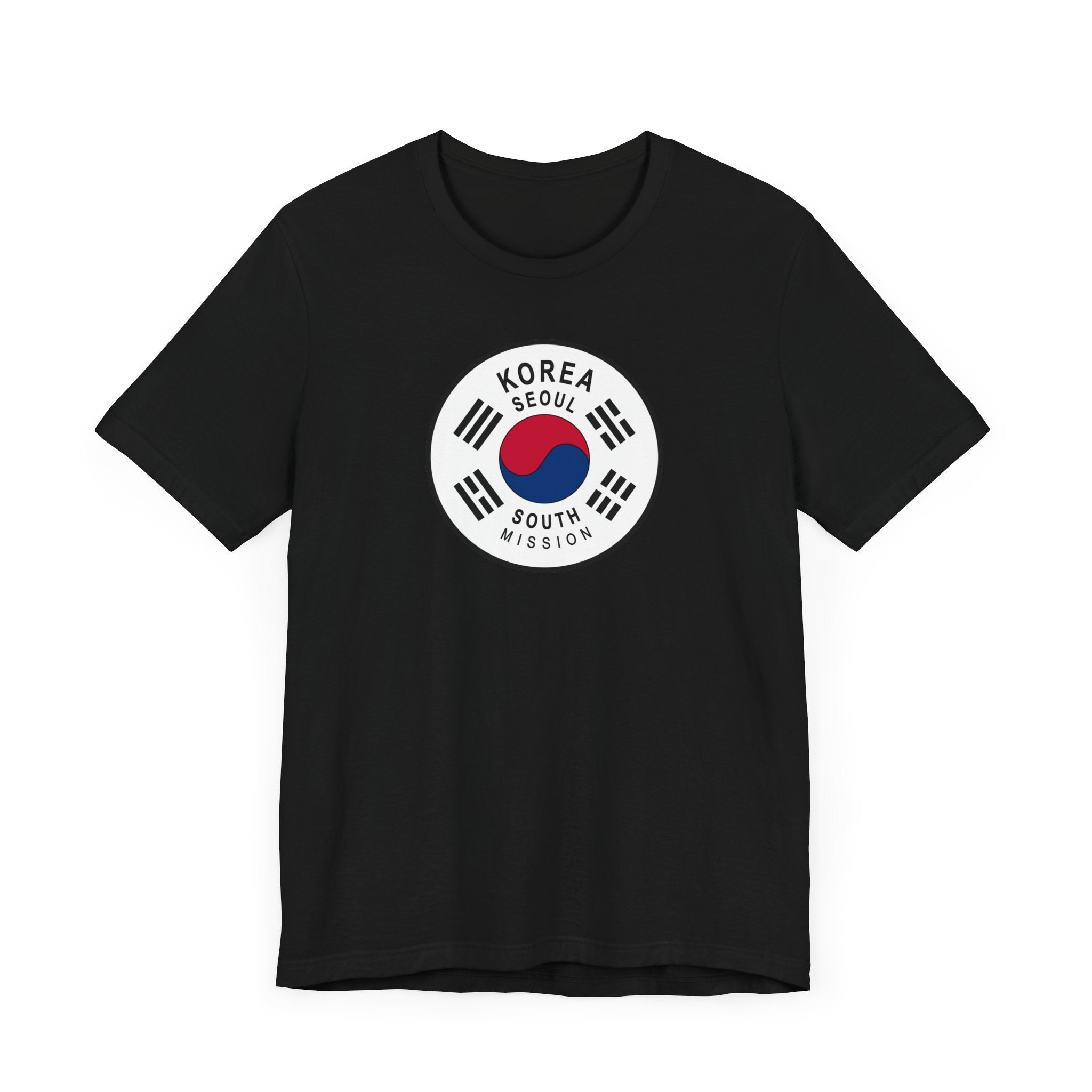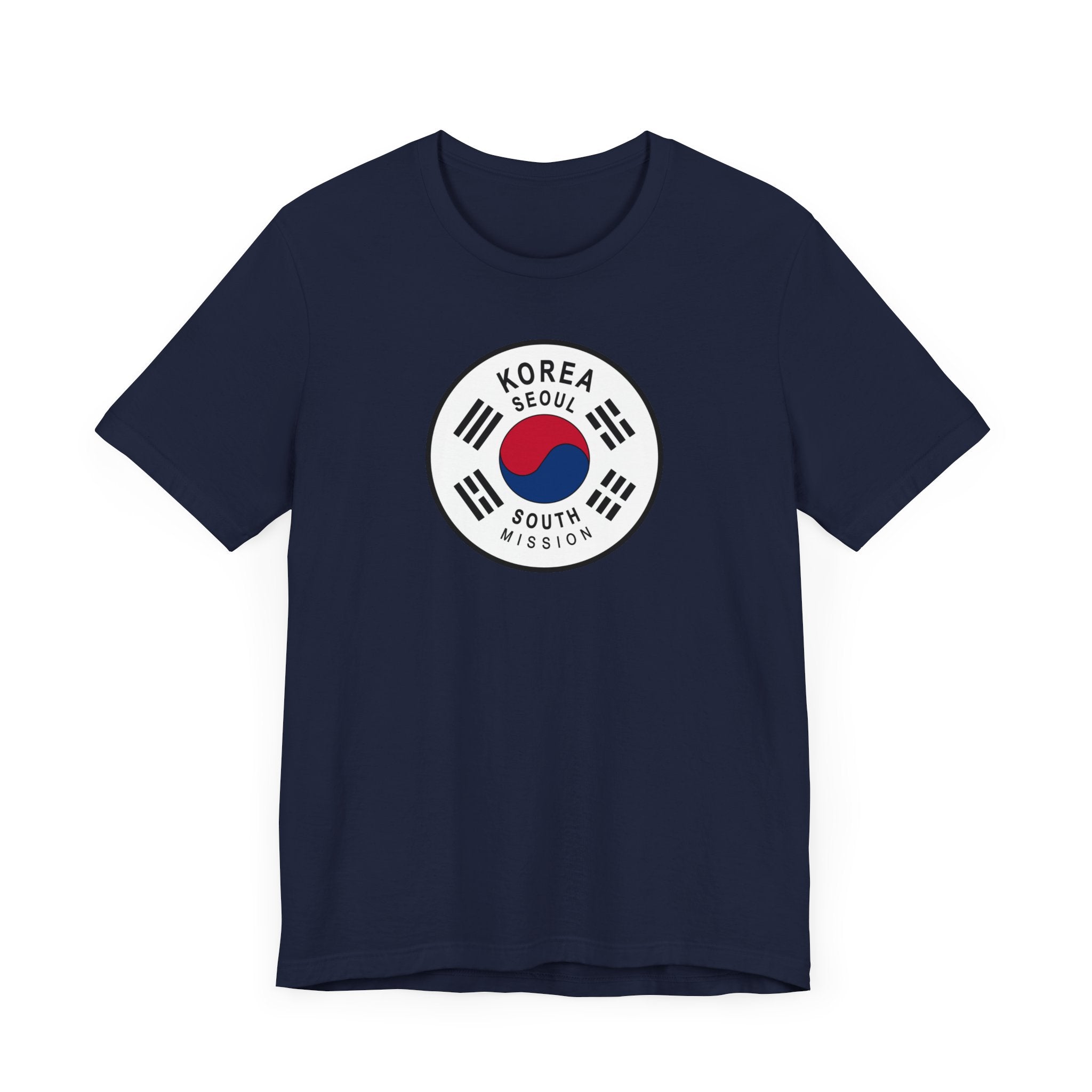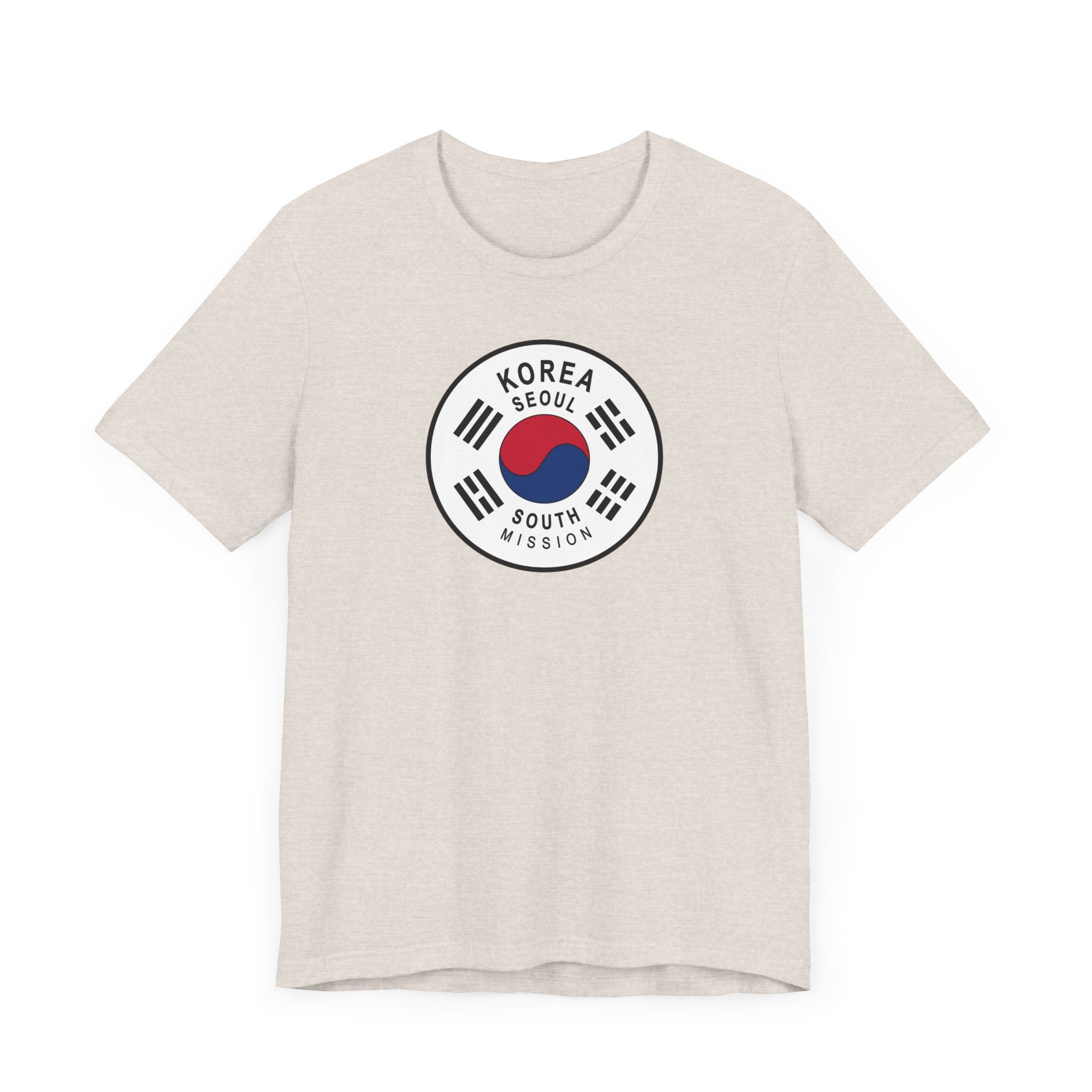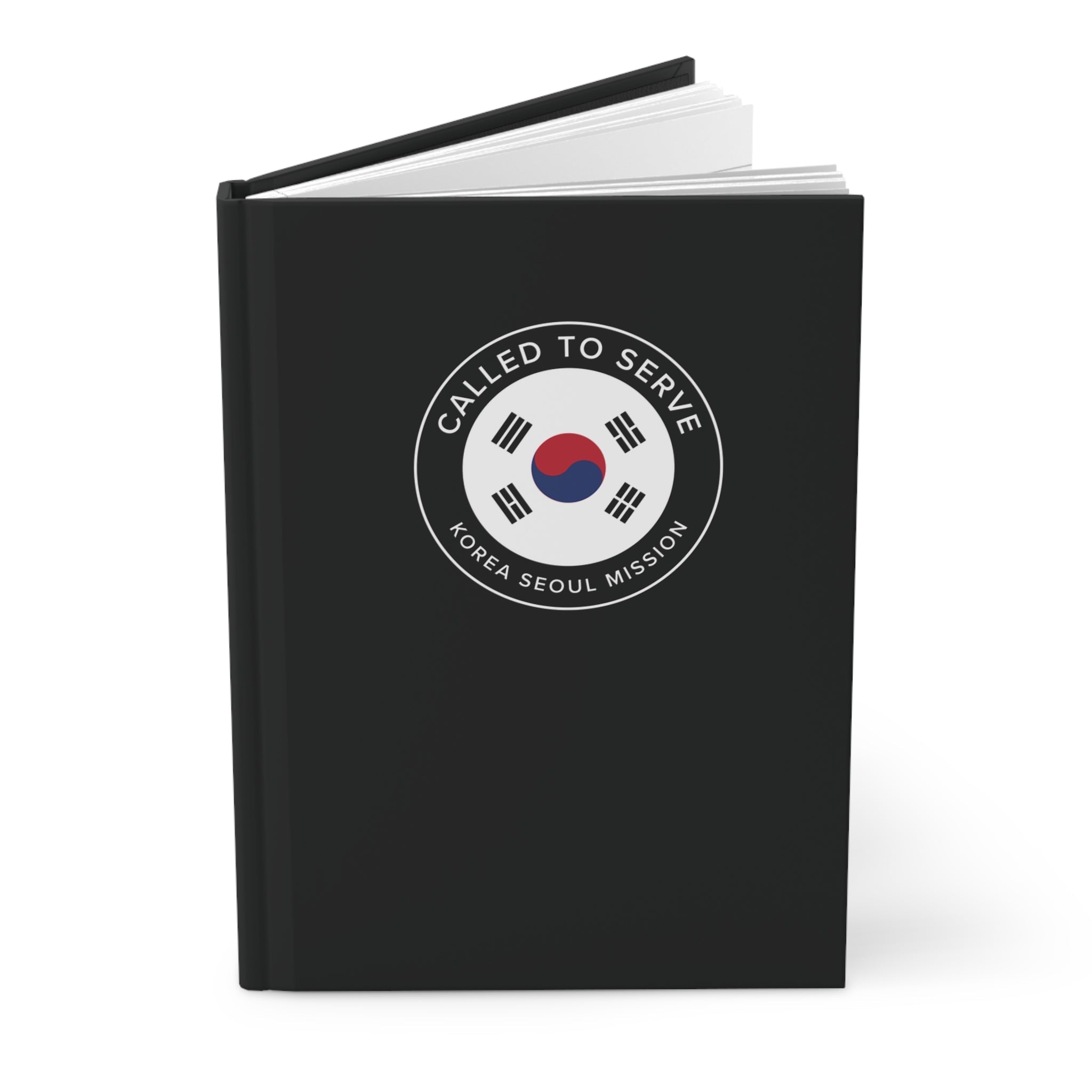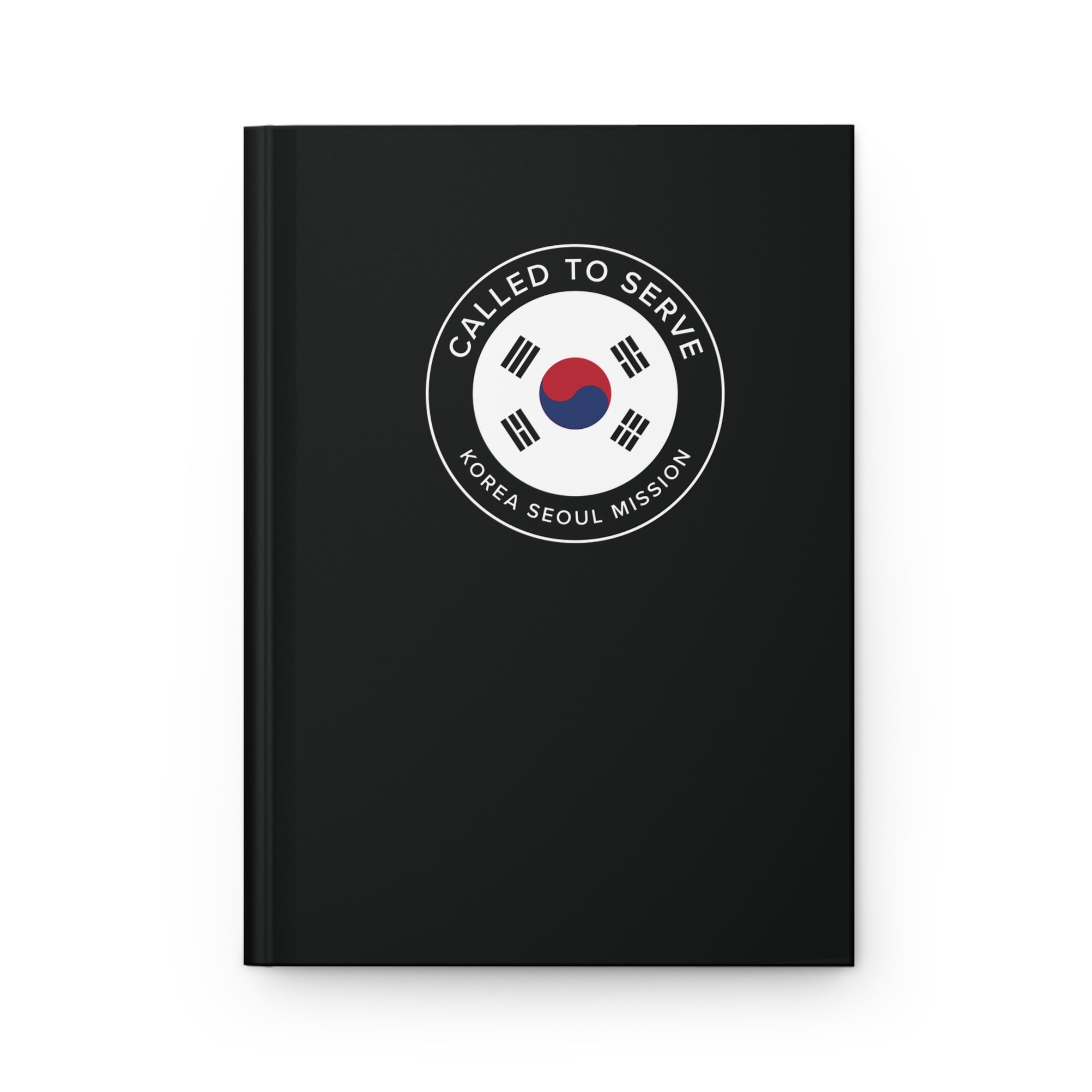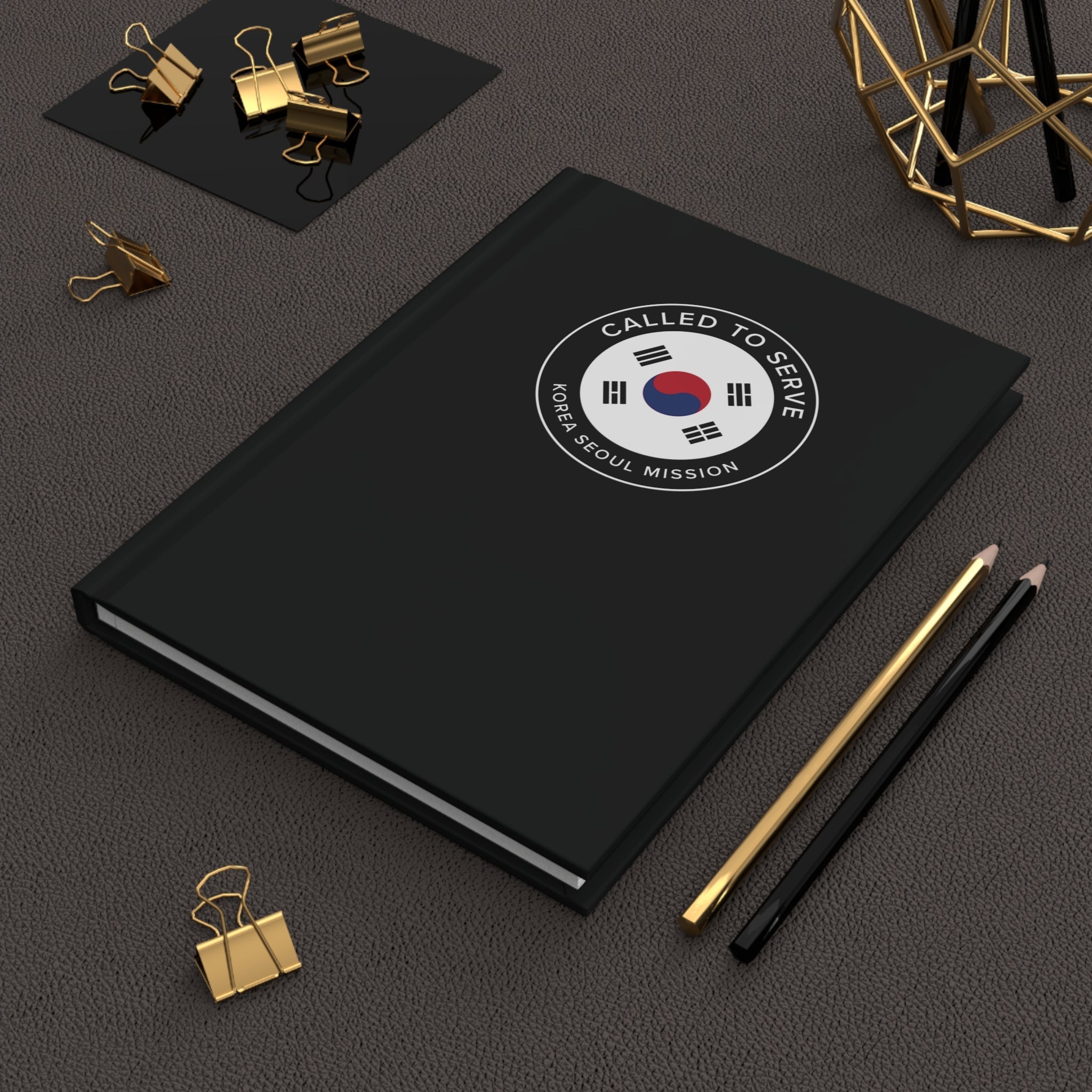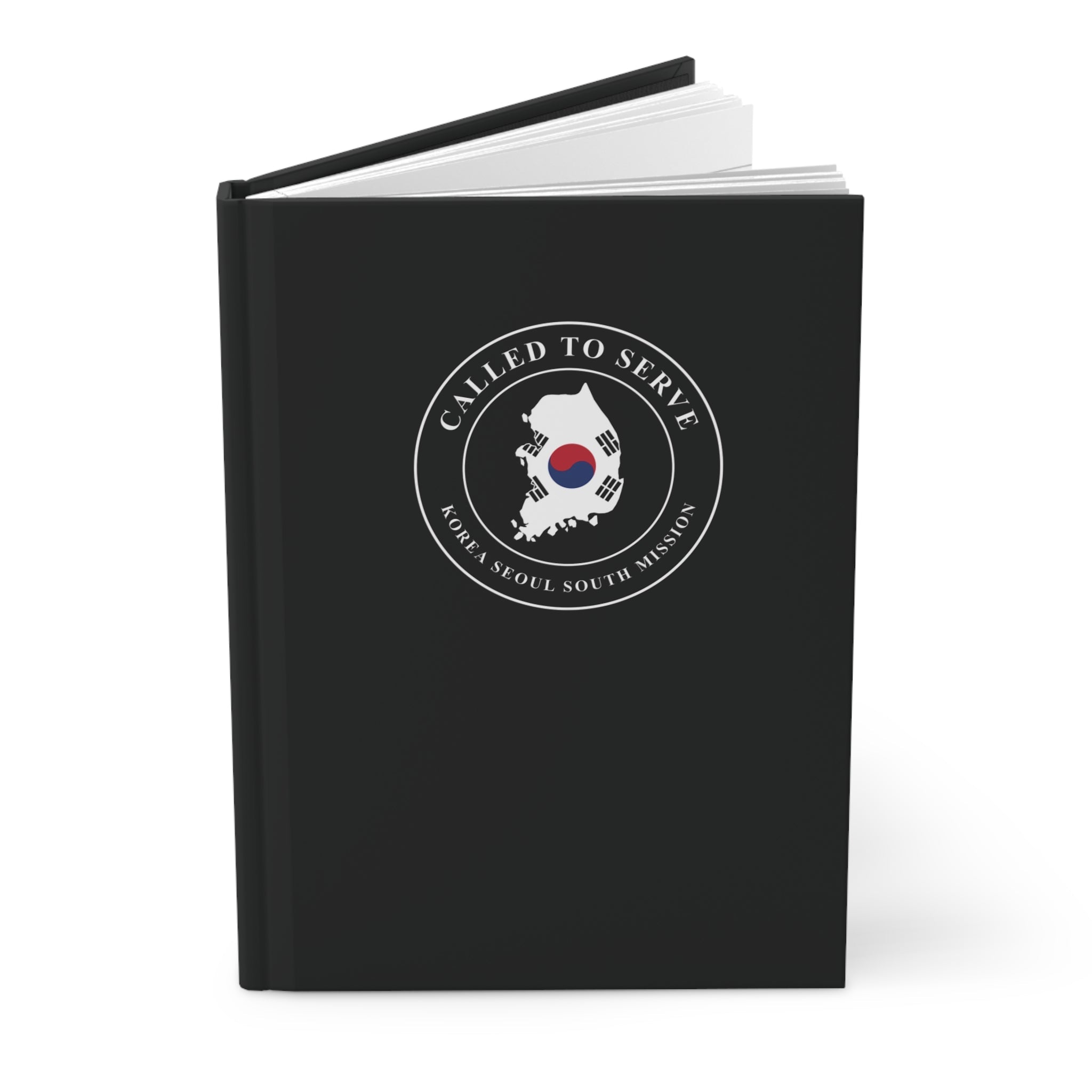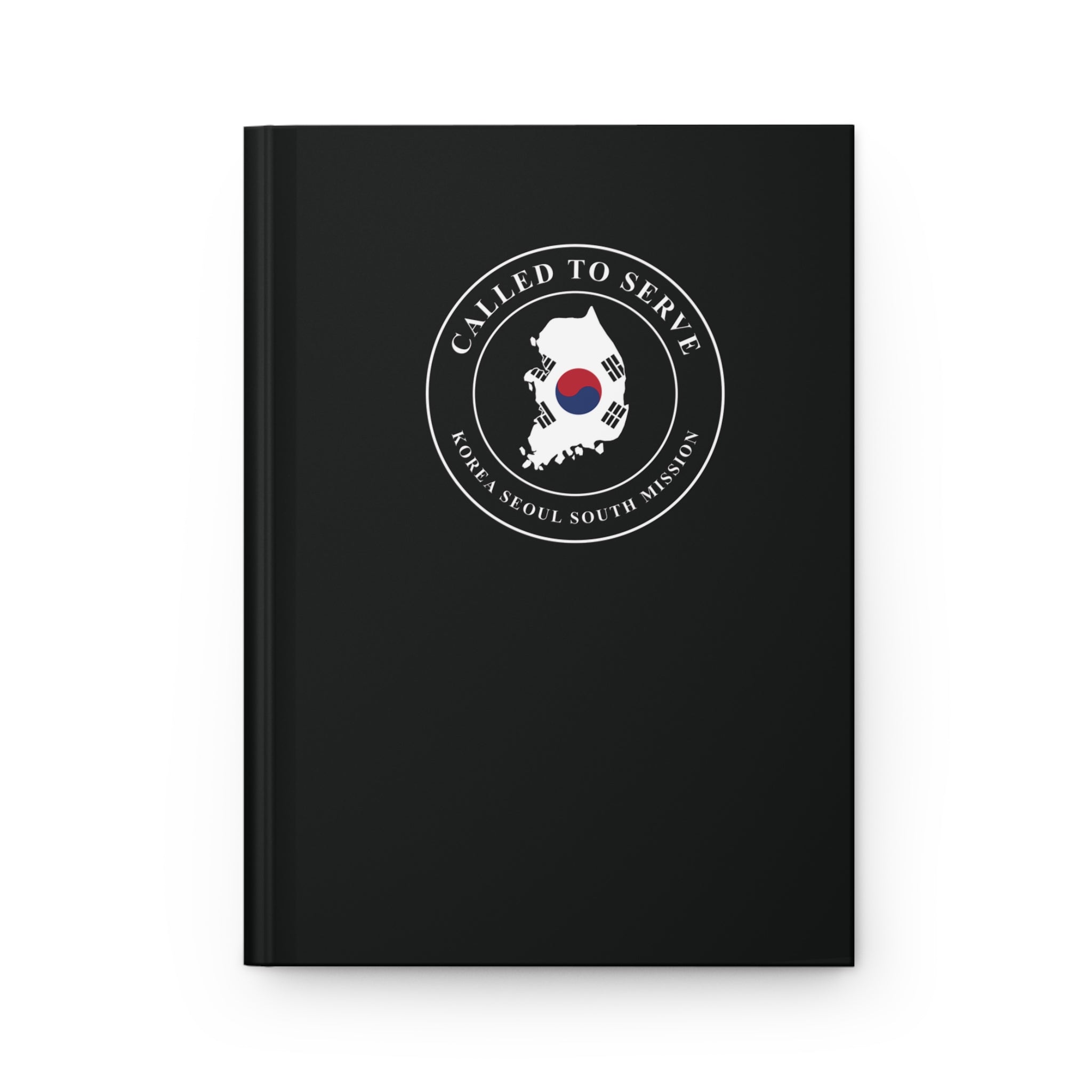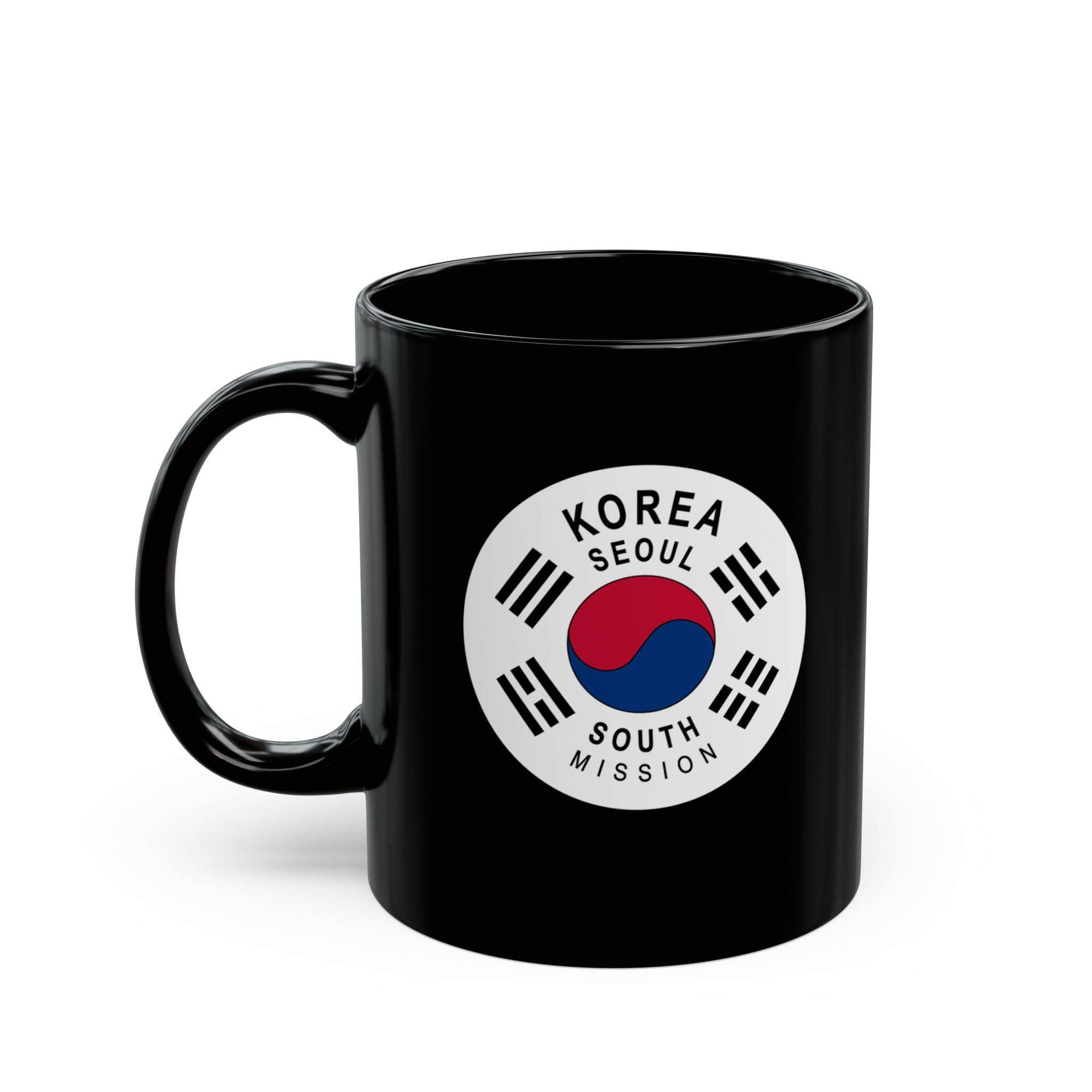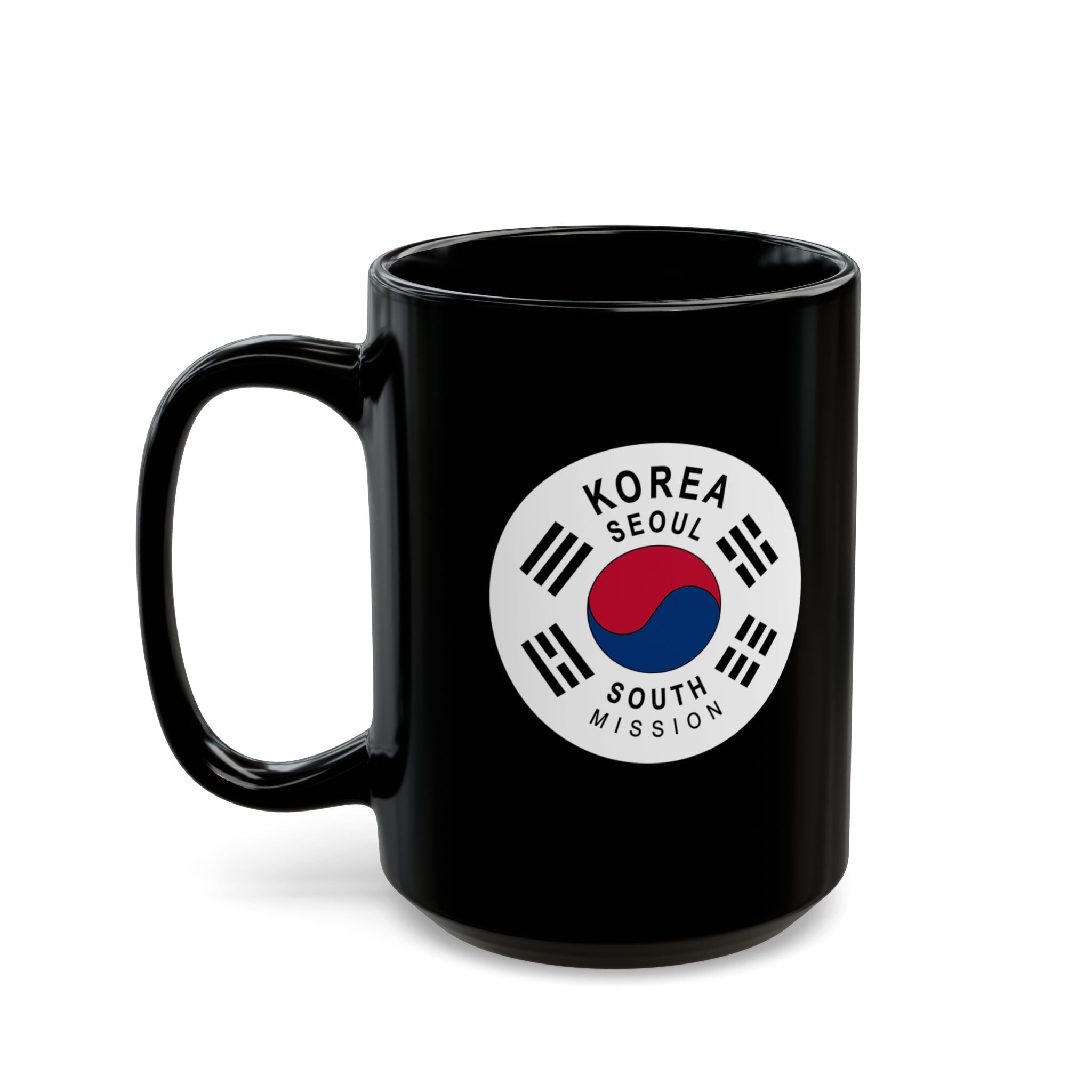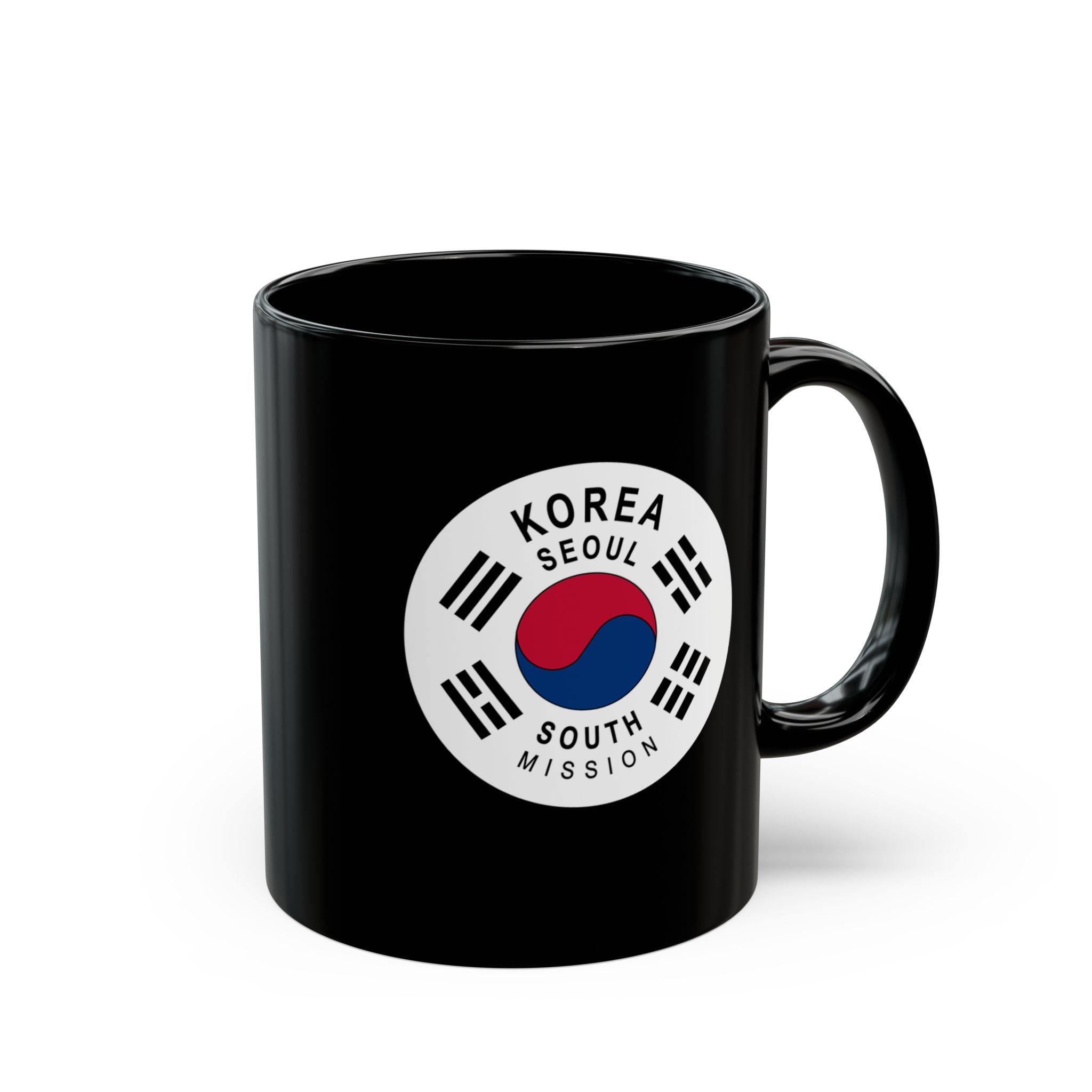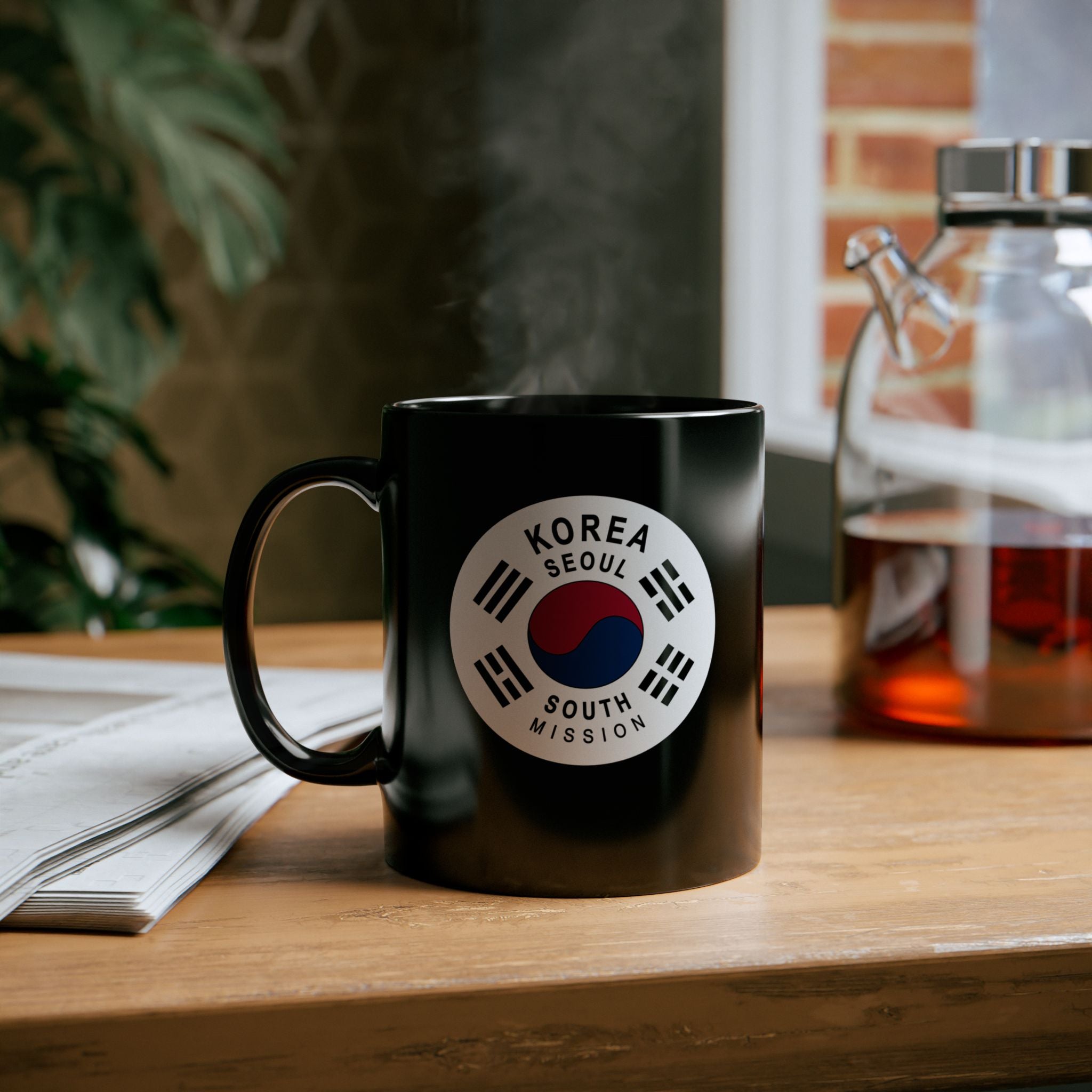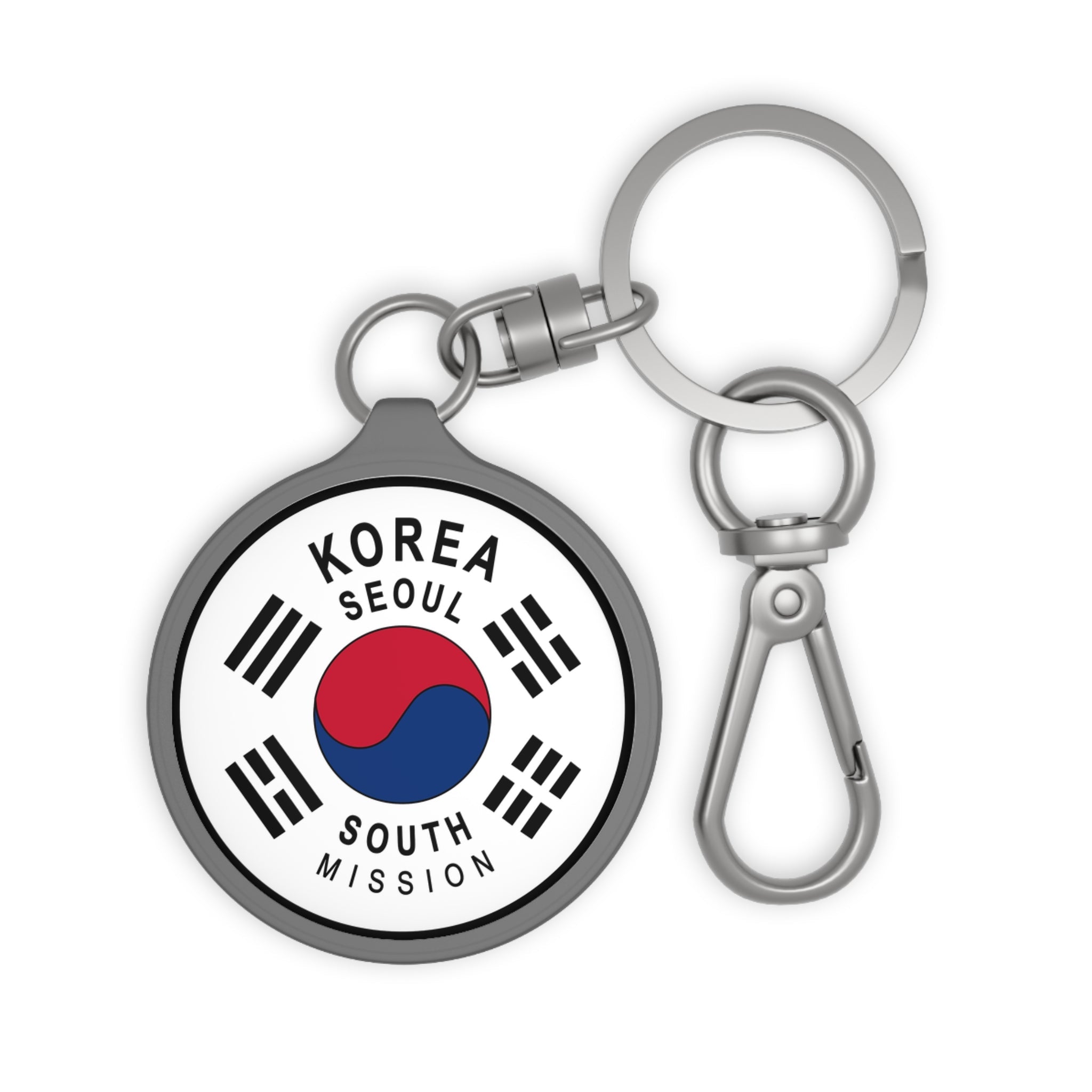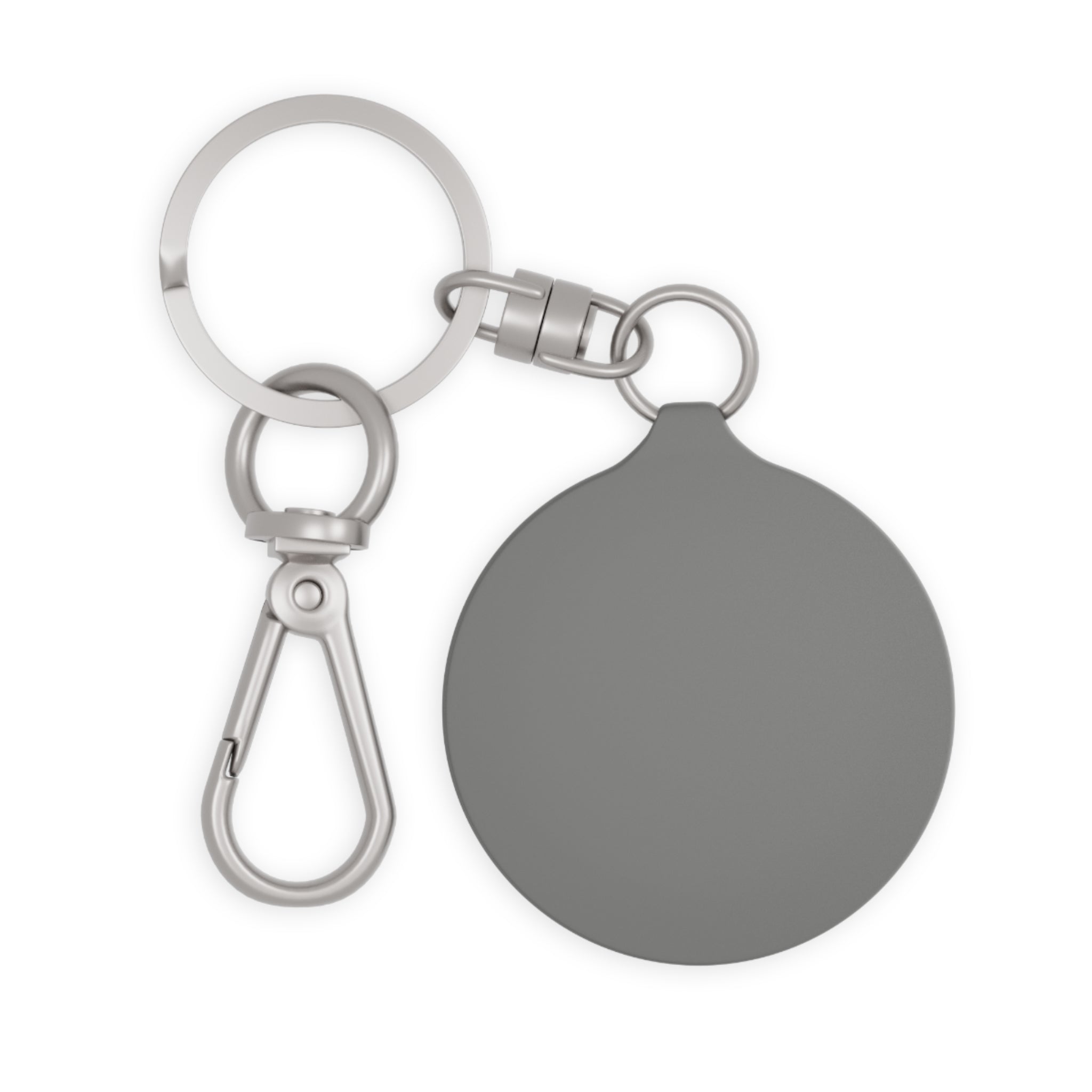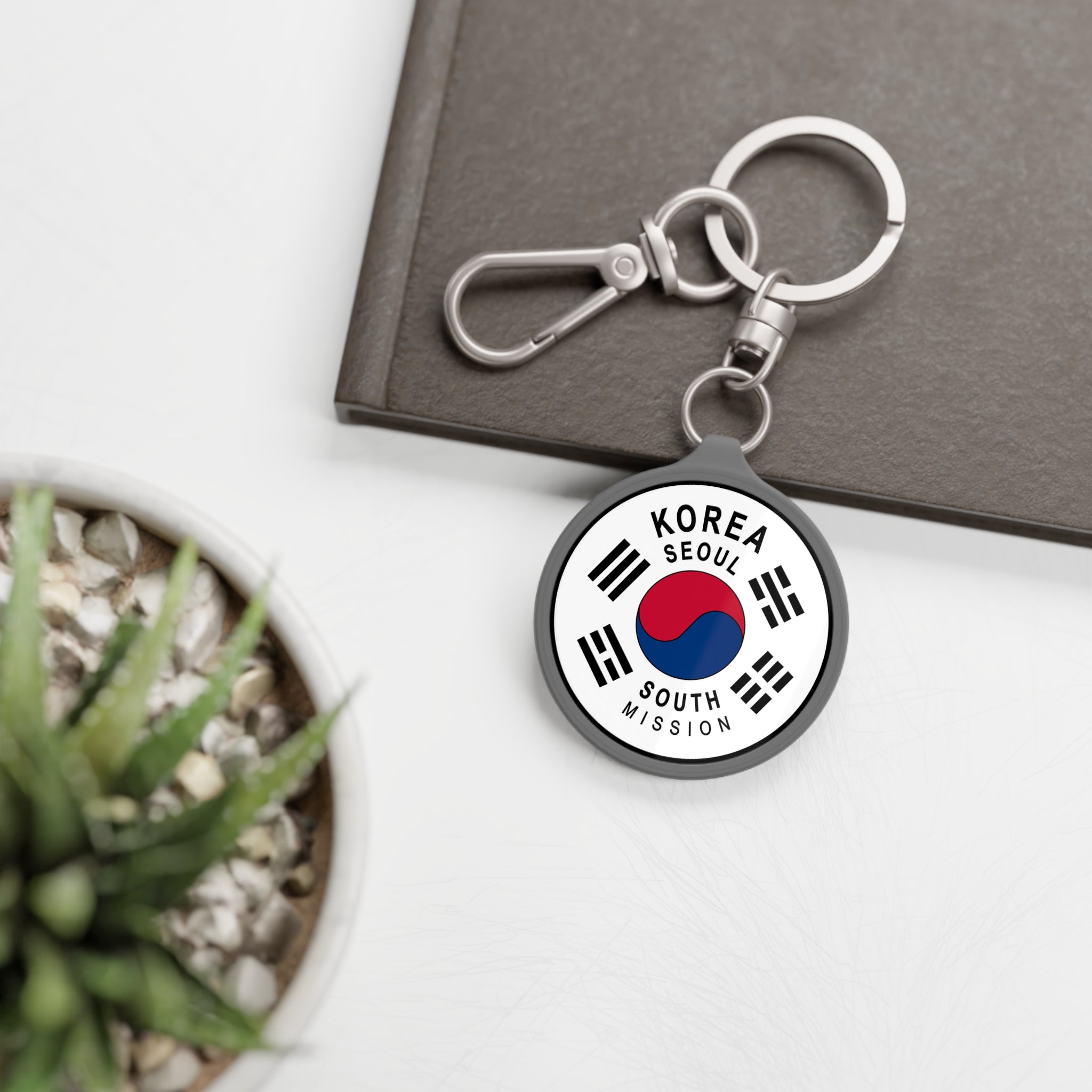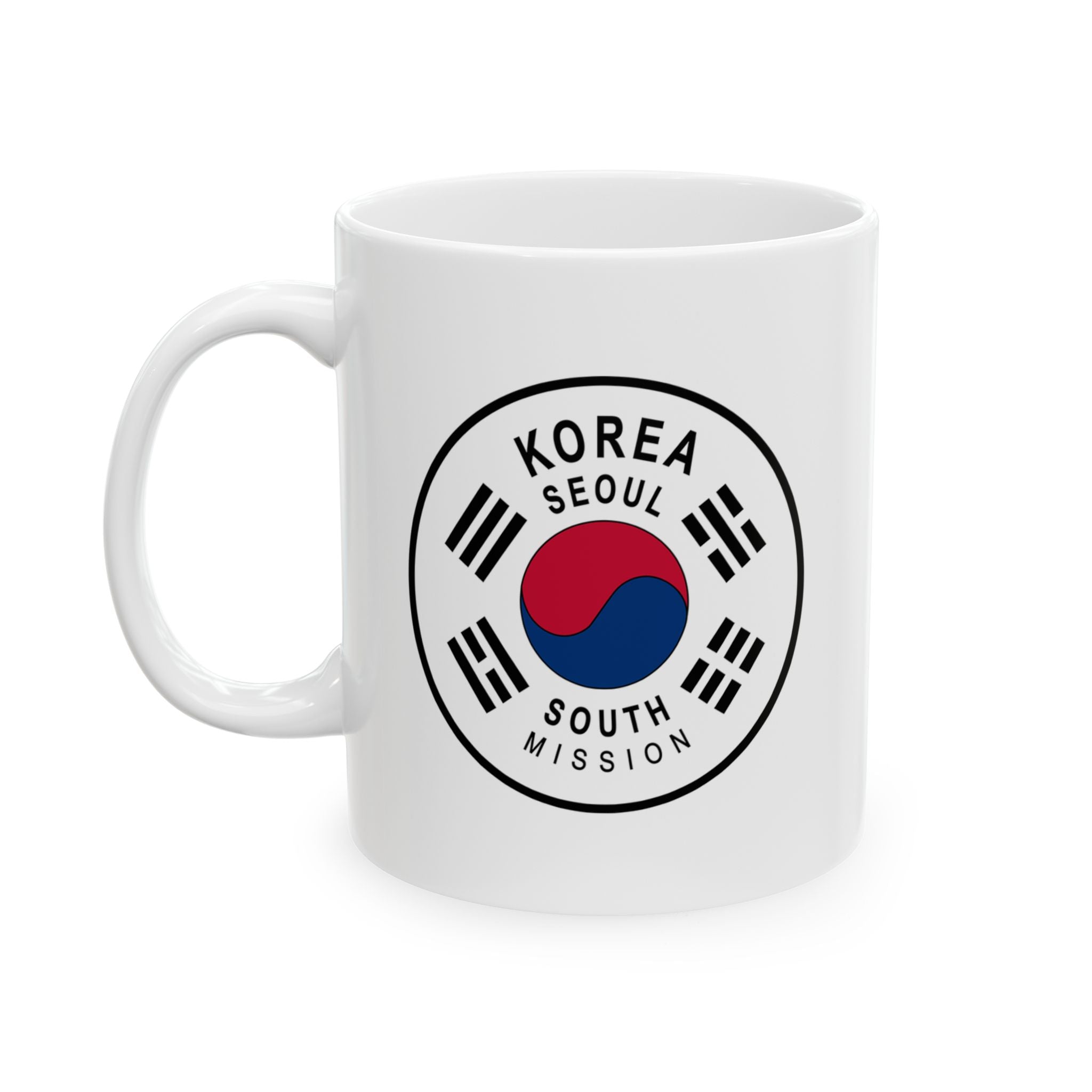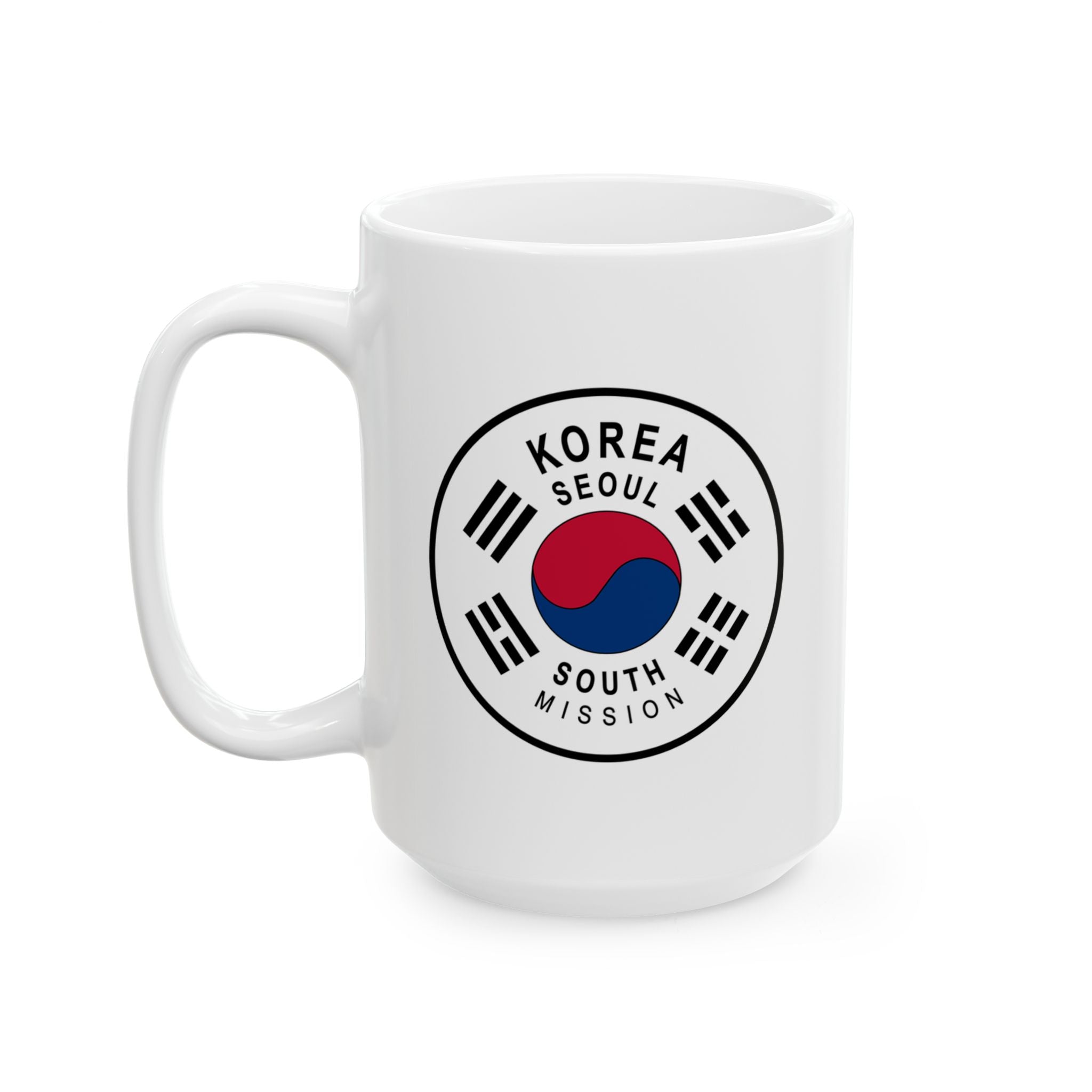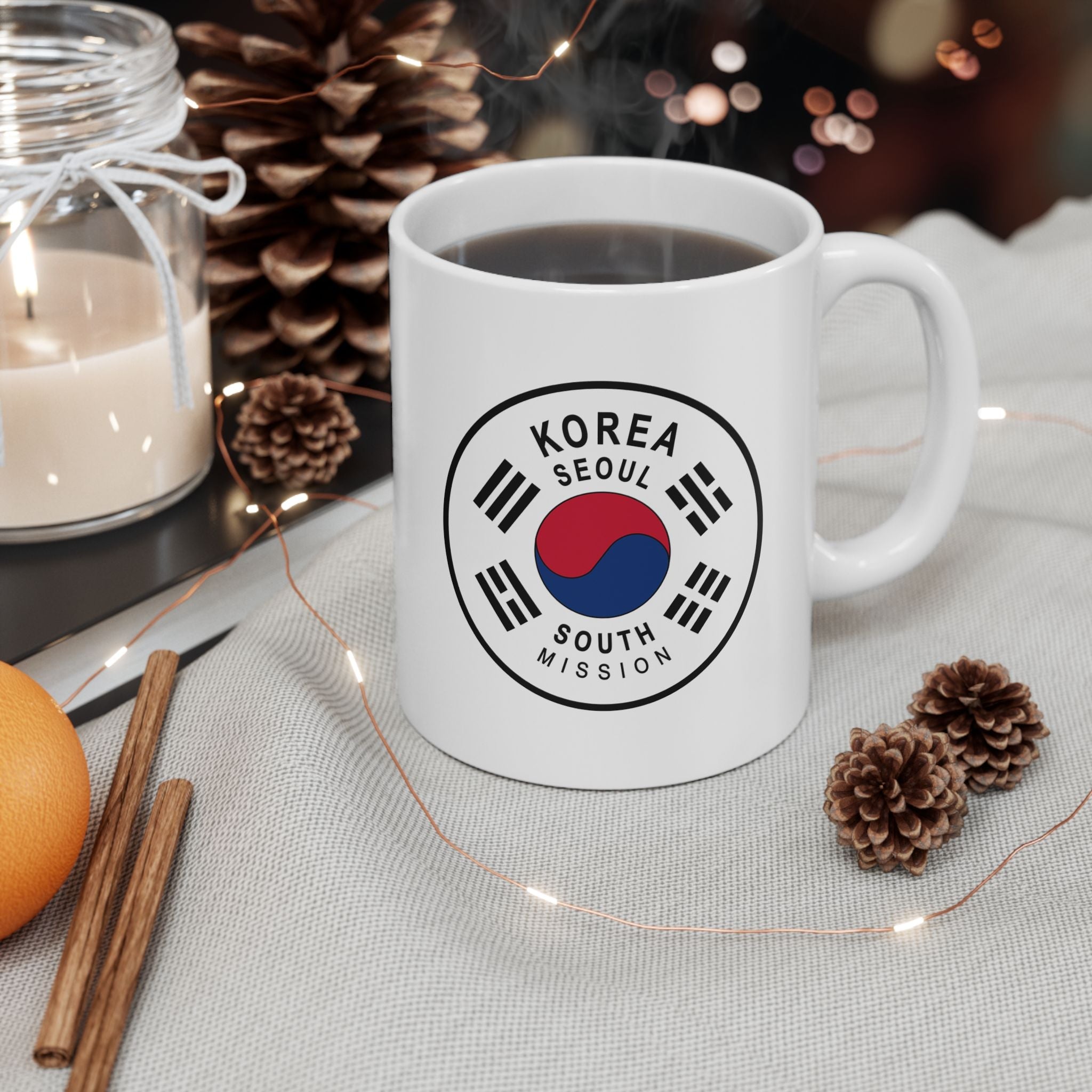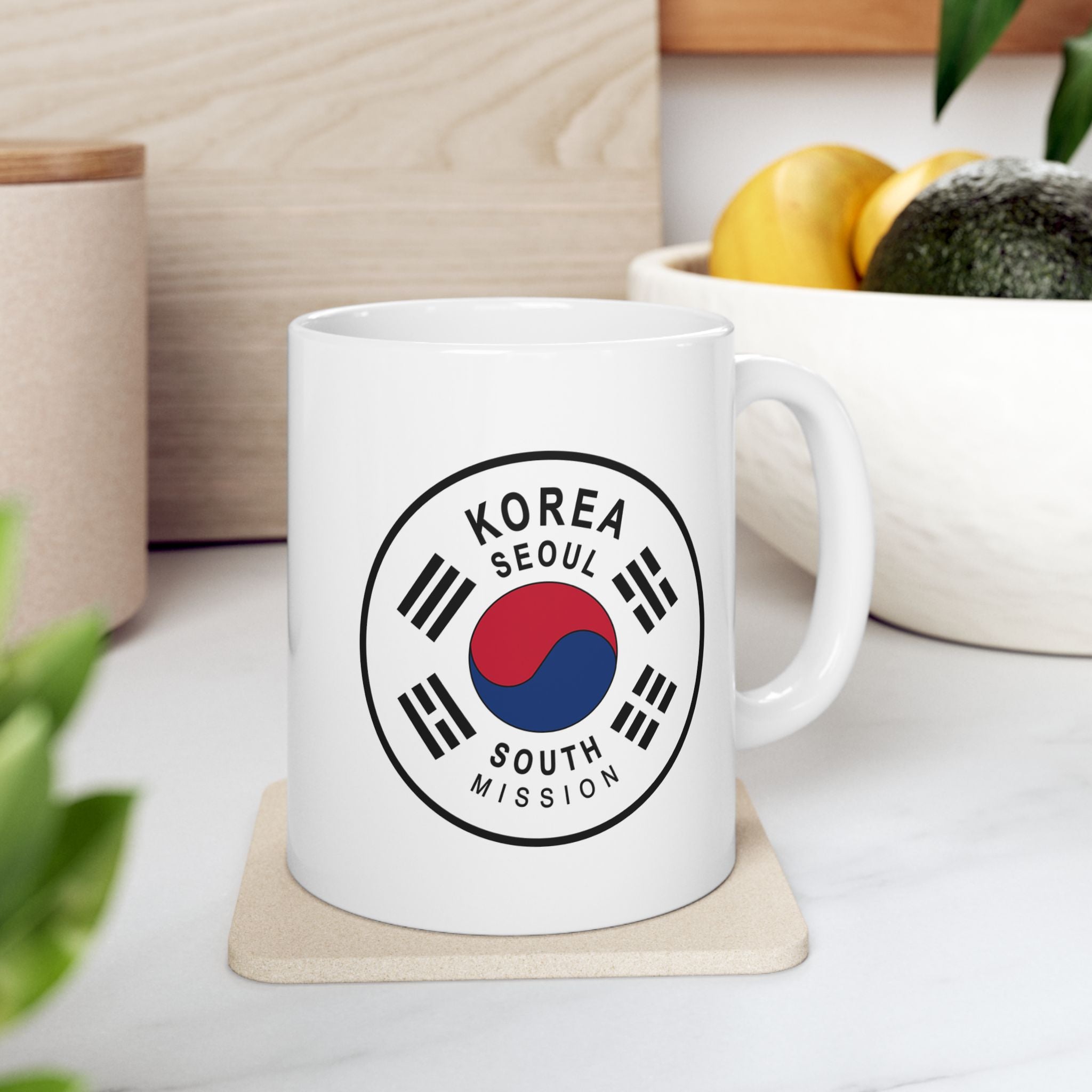Beginning in the 1940s, Latter-day Saints serving in the United States military began holding meetings in South Korea, but little preaching was done among the Korean people. In 1951 Kim Ho Jik, who had been baptized in the United States, returned to Korea and began working with servicemen to preach the gospel to those in his country. Even as the Korean War raged, many were baptized. A year after the war ended in 1953, a Korean-speaking Sunday School was organized. By the mid-1960s, thousands had accepted the restored gospel and were working to build the Church in their homeland, and the Book of Mormon had been published in Korean. In 1973 the Seoul Korea Stake, the first stake in mainland Asia, was organized.
Korean Saints had a strong desire to participate in temple ordinances for themselves and their ancestors. Traveling outside the country to attend the temple was difficult for most Saints. Instead, they longed for a temple in Korea. In 1980, at the dedication of the Tokyo Japan Temple, Han In Sang, an early Korean convert, offered a prayer for a temple to be built in Korea. The prayers of Korean Saints were answered the following year when construction of a temple in Seoul was announced. In December 1985 the Seoul Korea Temple was dedicated.
The Saints of Korea have consistently served each other and their neighbors. They have reached out to individuals both in their congregations and in their wider communities, responded to natural disasters, and served the millions who visited the country during the 2018 Winter Olympics. Korean Saints have demonstrated their faith in the principle that service to their neighbors is service to their God (see Mosiah 2:17).

